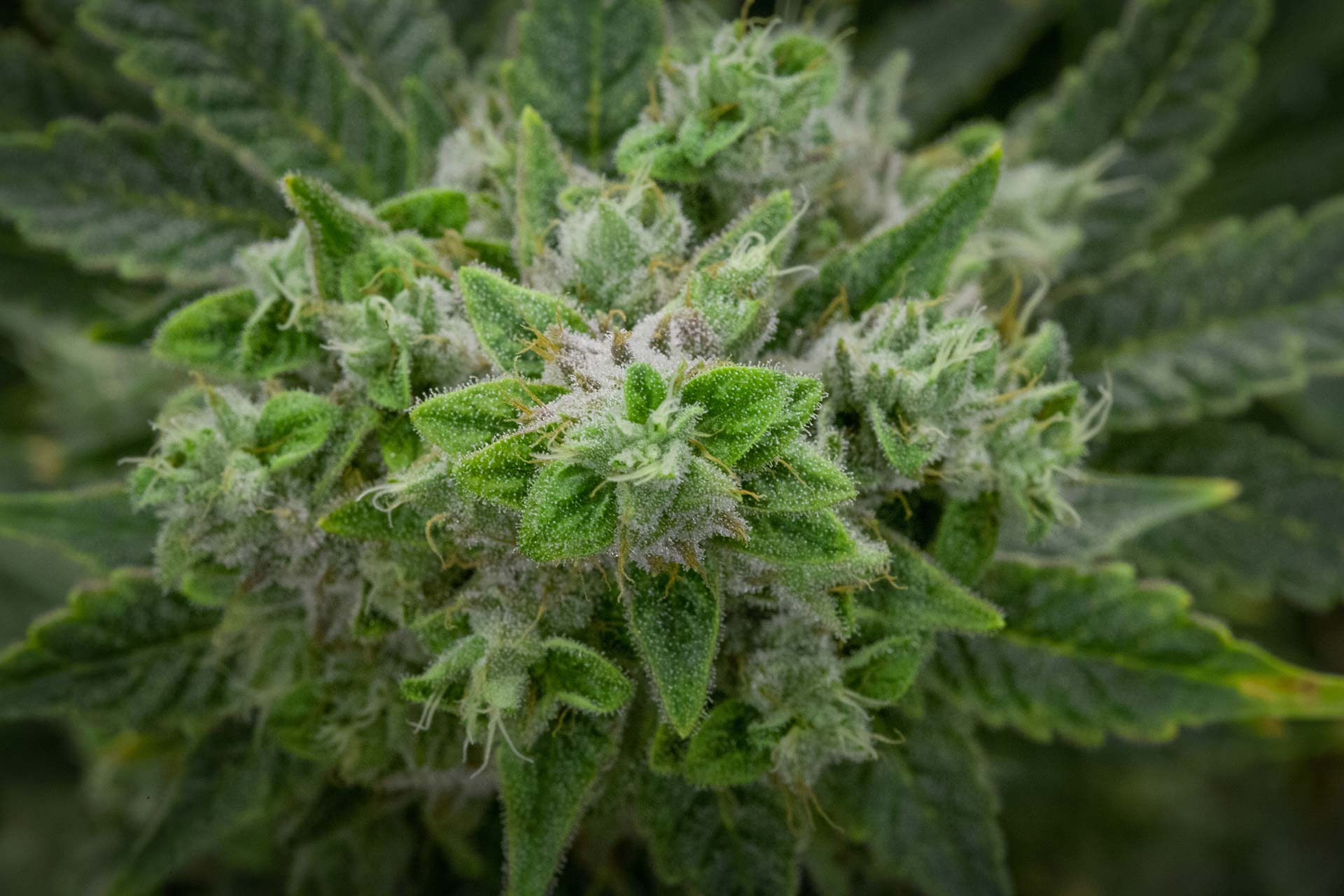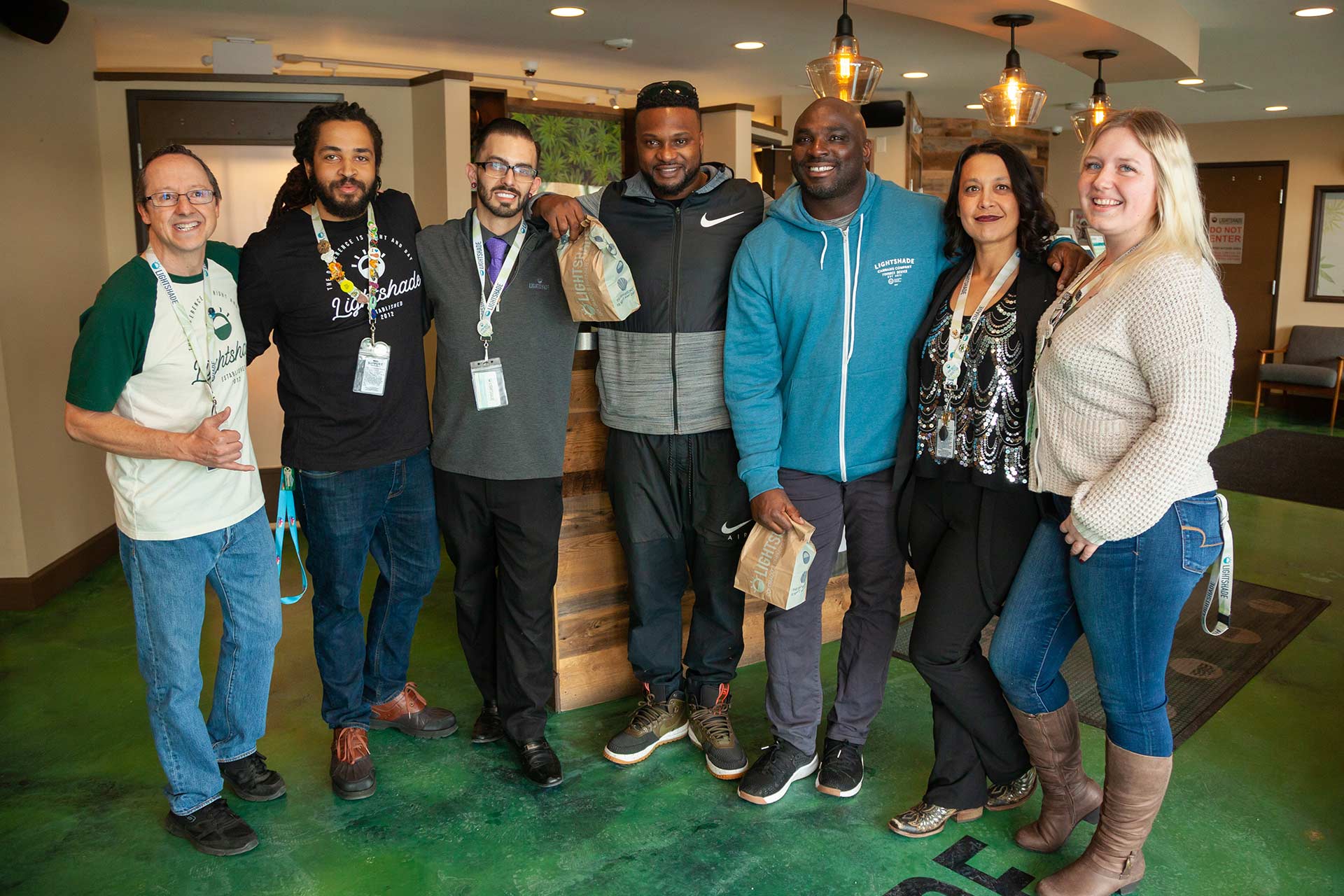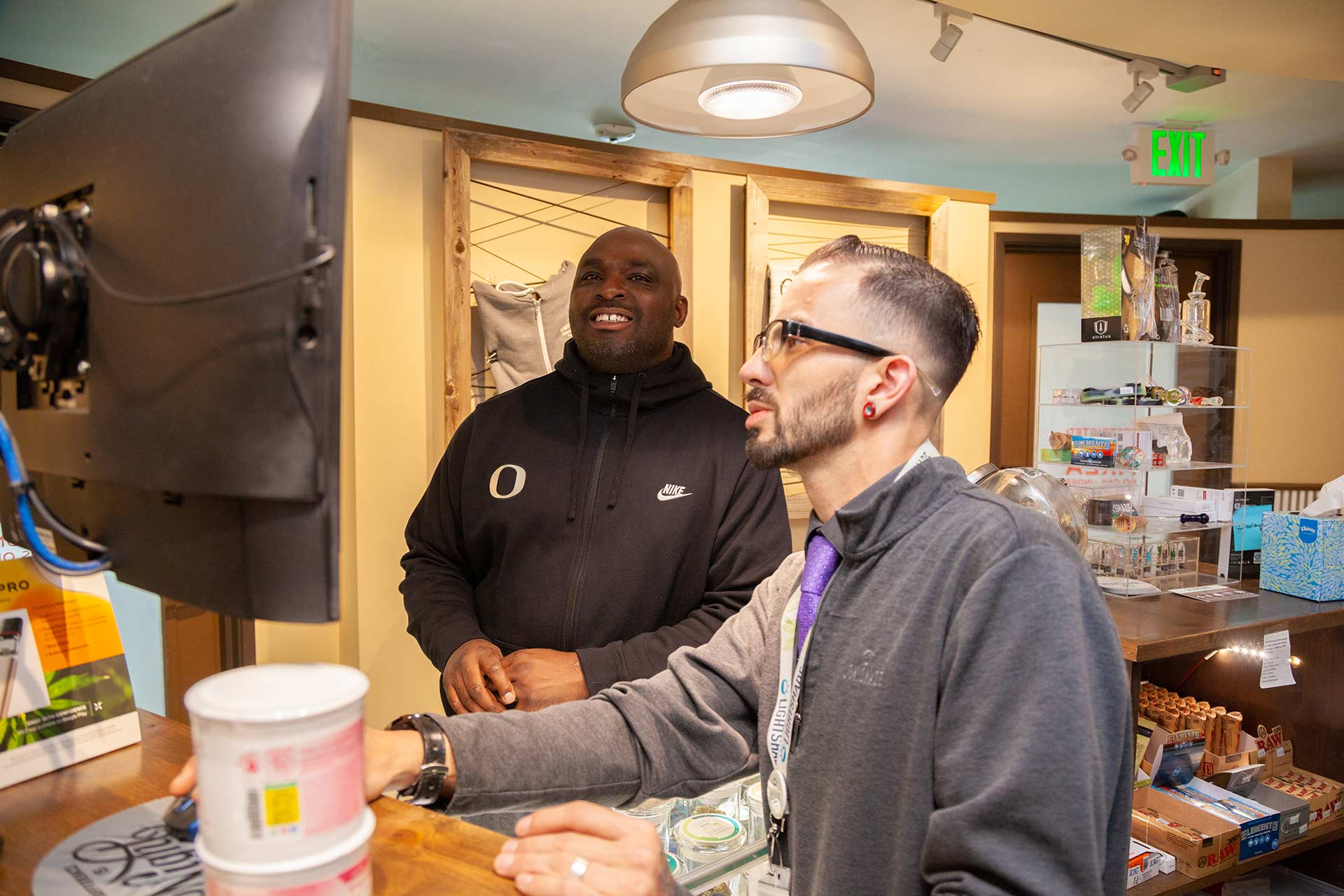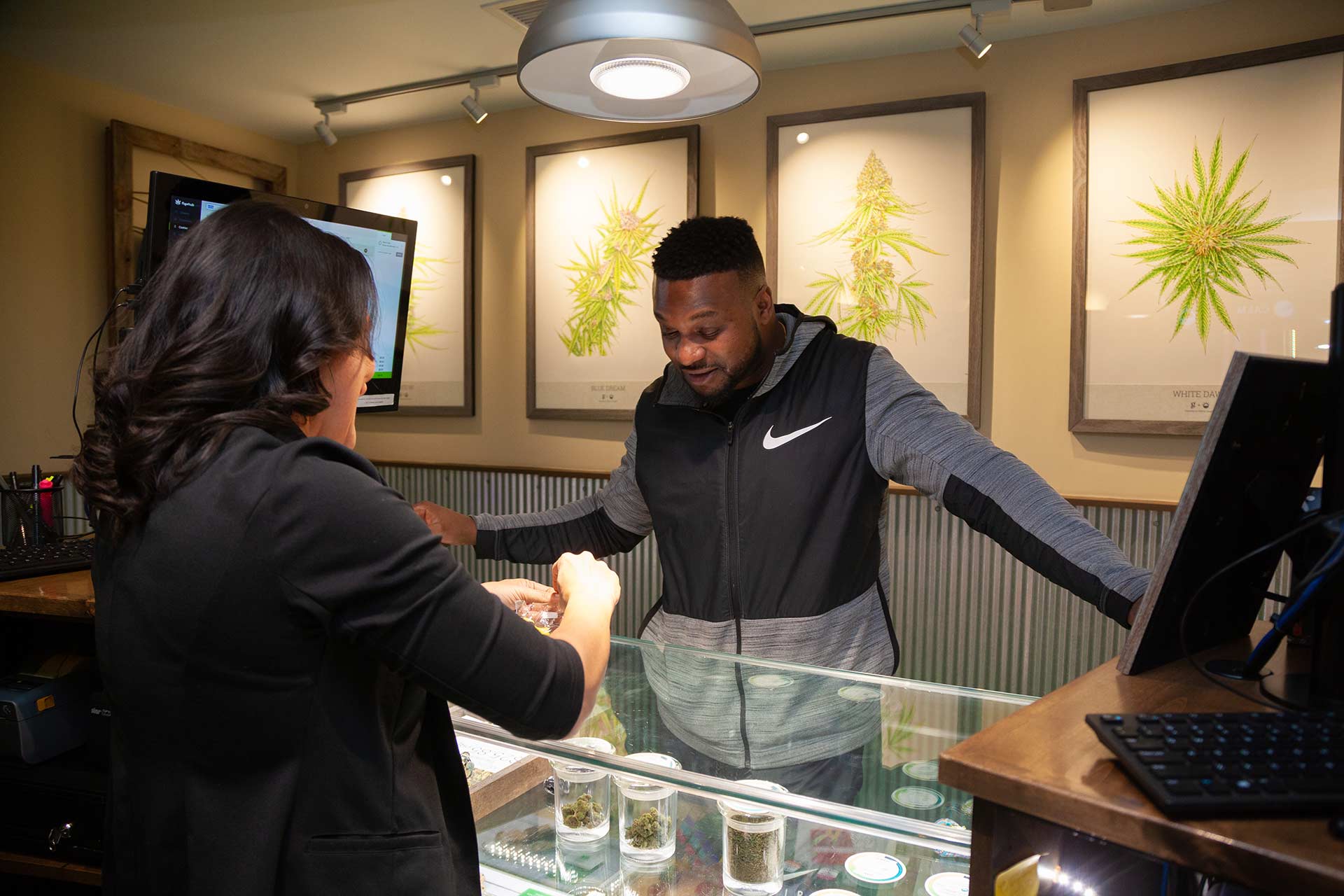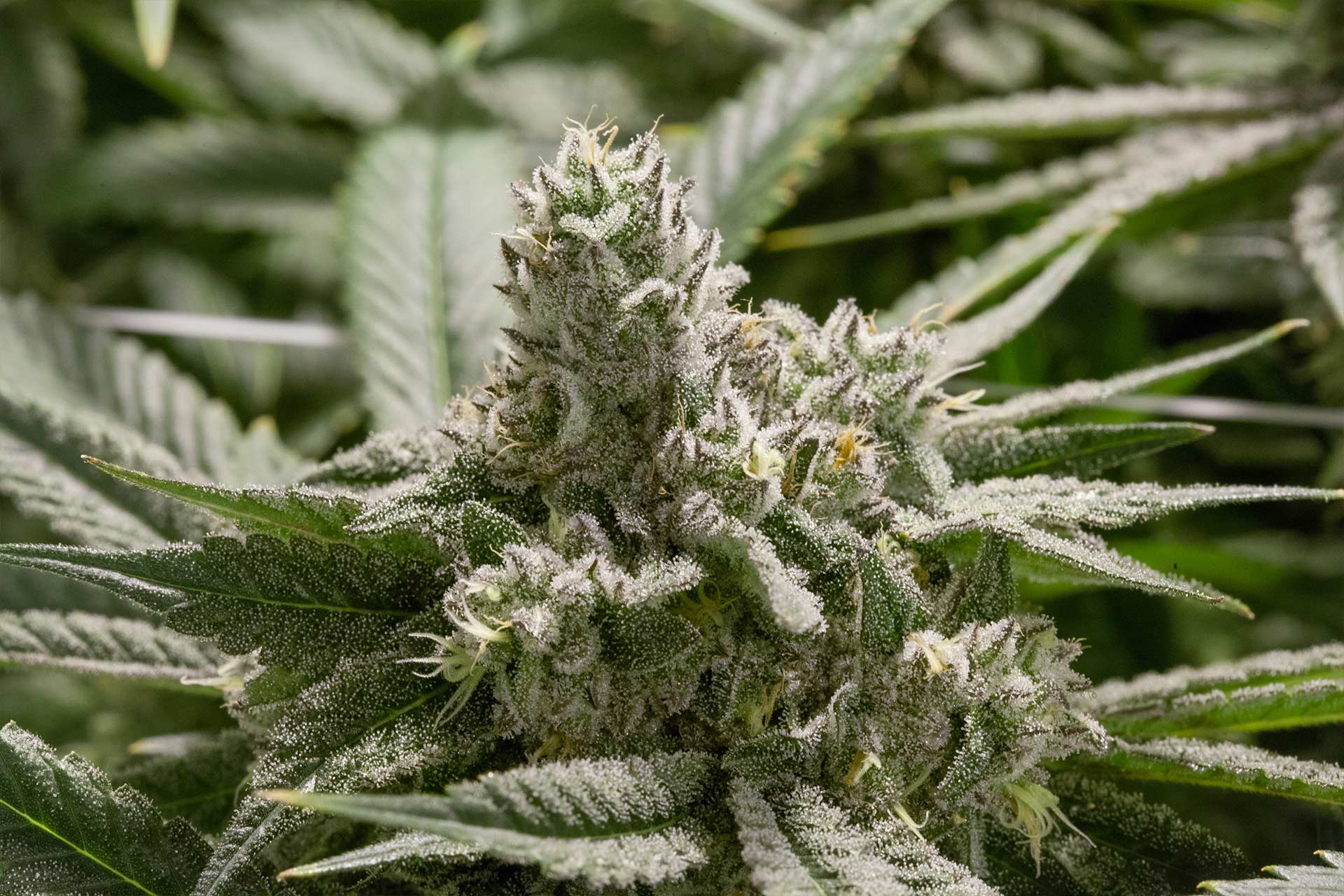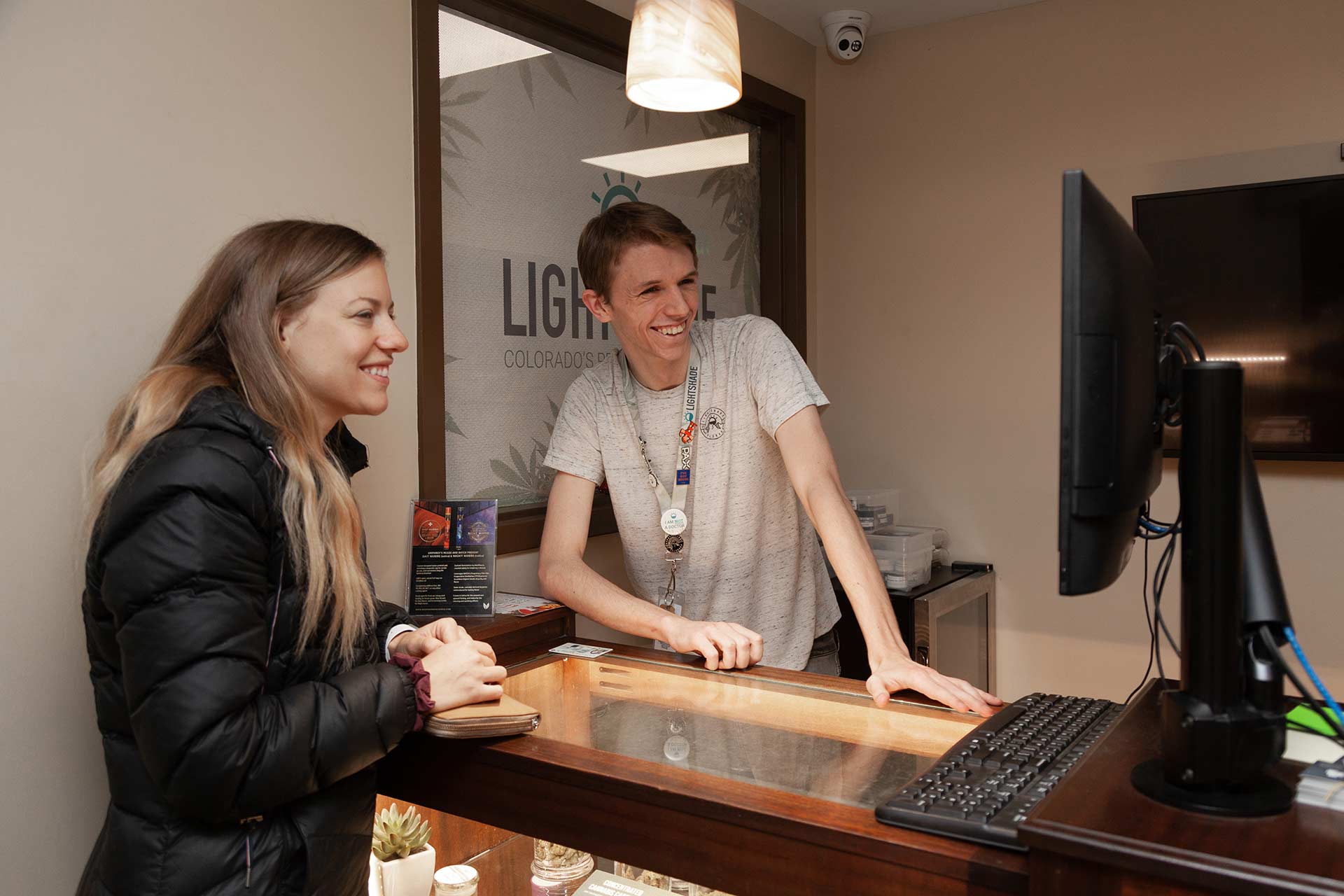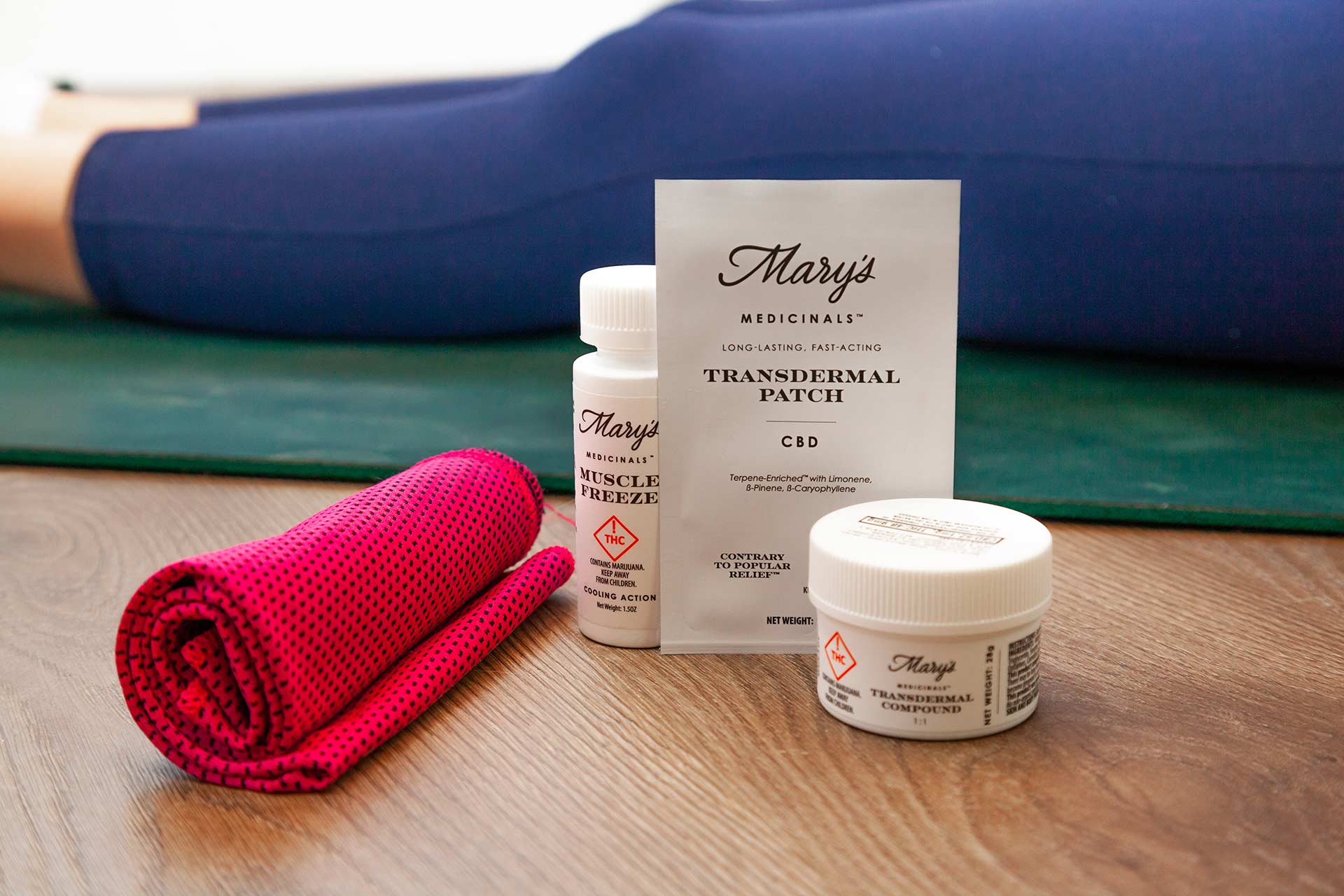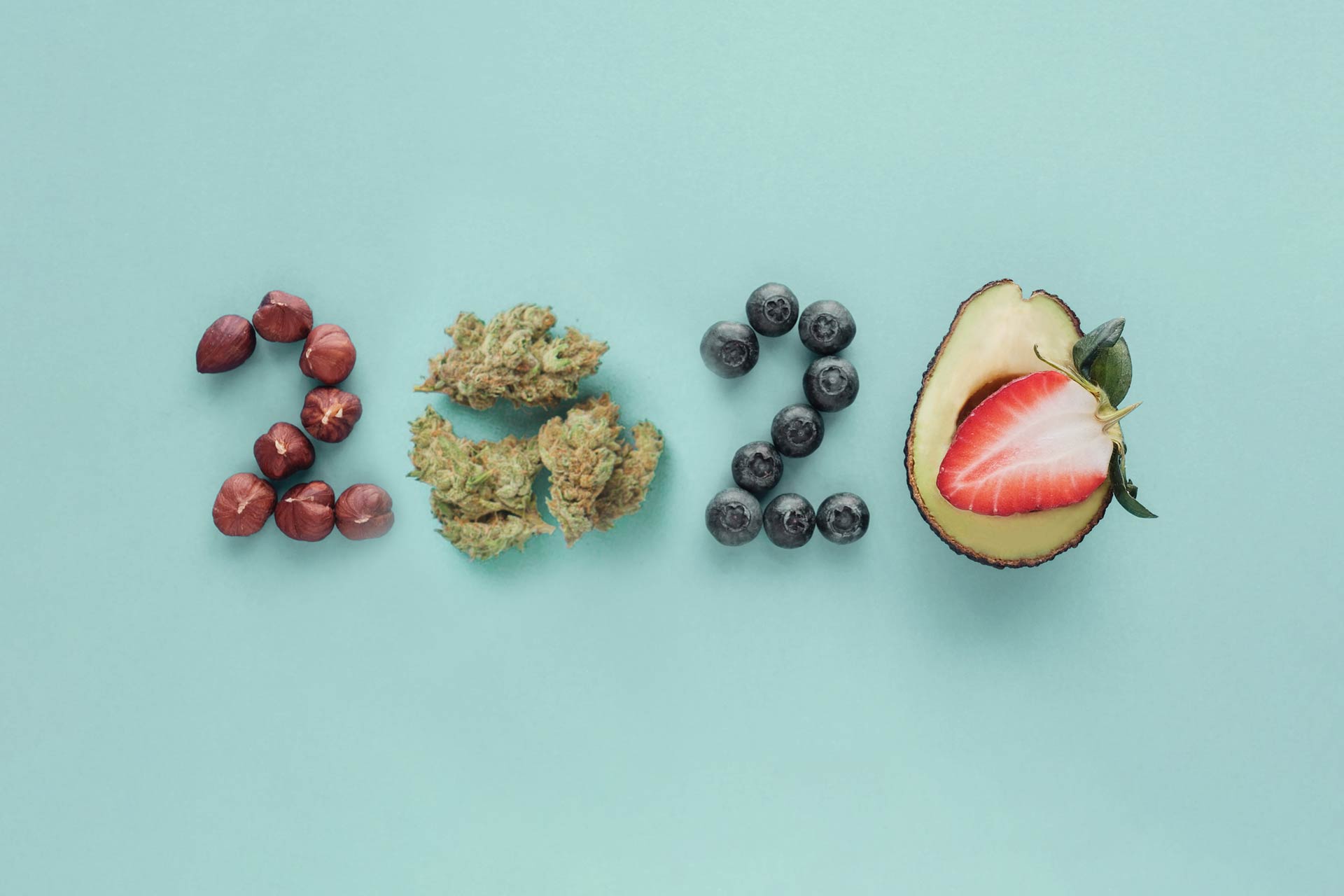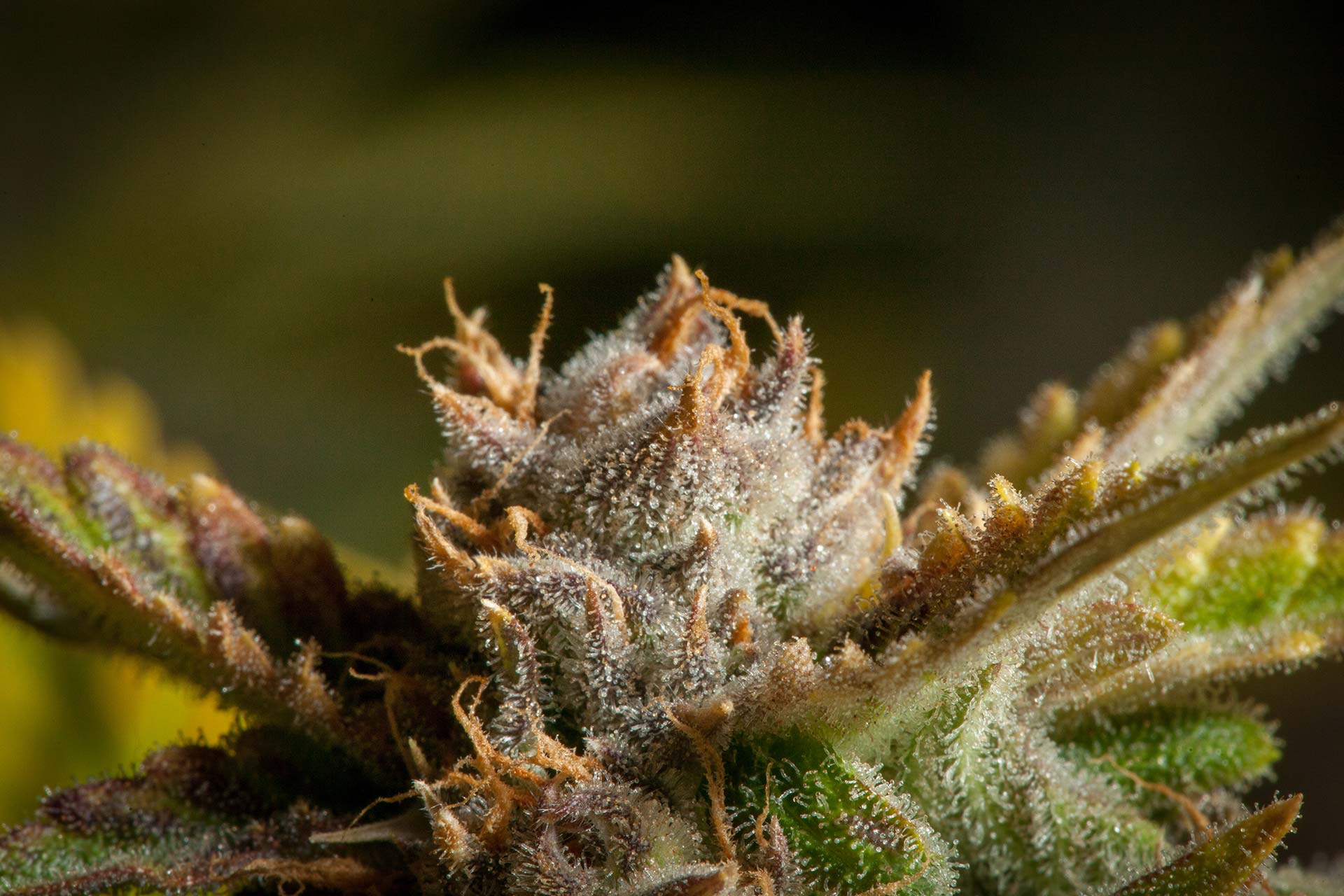Cannabis Pest Control: Lightshade is Shining the Light of Sustainability on Pests
The cannabis industry has a pest and sustainability problem. Here’s how Lightshade is tackling both.
Plants attract pests. Whether it’s from bugs or birds, they have a target on their backs. And cannabis grow operations have to contend with these weed-obsessed intruders.
Too many cannabis grows use toxic pesticides for pest control. Unscrupulous growers carelessly spray crops to save money or avoid failure. Mite infestations spread like wildfire, and desperate growers can’t come to terms with the possibility of taking a loss, so they sacrifice the health of consumers (and our planet).
And that’s not okay.
We unflinchingly look at our processes to identify areas of improvement (from sustainability and planetary health perspectives). We find the good, the bad, and the ugly, and we make changes.
Here’s how Lightshade is caring for your health and the health of our planet.
Biocontrols – fighting pests with pests.
We’ve never used harmful pesticides. Instead, we give pests a taste of their own medicine. Biocontrols unleash beneficial bugs (yes, there are helpful insects) to eliminate the possibility of contamination from their less savory cousins.
Here’s how it works: our growers maintain a baseline of beneficial insects to watch over the crop. They’re perpetually hunting pests. If a visitor brings unsavory friends (for example, spider mites) into the grow, our helpful pests get rid of them before anyone knows there could have been a problem. It’s guerilla warfare on a micro-scale.
A shortlist of beneficial living organisms:
- Dalotia Coriaria (aka the Greenhouse Rove Beetle)
- Stratiolaelaps (beneficial mite)
- Amblyseius andersoni (beneficial predatory mite)
Chemical-free pest management offers a solution to pests by using biological control agents. Biological control agents, also known as beneficial insects, are predatory mites and insects in various stages of development. By releasing beneficial insects into a garden space, you introduce natural predators to the common pests that damage your crop. Beneficial insects can be used as a preventative measure or for treating outbreaks, saving growers from having to resort to harmful or illegal pesticides.”—Leafly
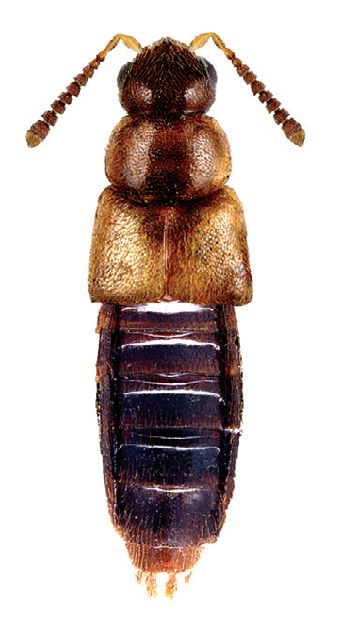
Why are pesticides harmful?
The word ‘pesticide’ covers everything from fungicides to prevent mildew and mold, to herbicides for eliminating weeds, to insecticides to control bugs (and not the beneficial kind). All pesticides aren’t necessarily harmful to people (where the planet is concerned, that’s another story). But you still don’t want to smoke them.
Relatively inert pesticides become harmful when combusted and inhaled. And while more research needs to be done before we can speak to or understand the full scope of health problems related to burned and inhaled pesticides, we encourage you to err on the side of caution. That’s what we’ve done, and it’s why we’ve never used pesticides in our grows.
*Click here for the Colorado Department of Agriculture’s (CDA) list of pesticides approved for use in cannabis grows.
Our overall sustainable practices.
In states like Colorado, where cannabis is legal, attention is increasingly focused on the sustainability impacts of our industry. We’ve initiated a sustainability program to reduce our environmental footprint. Here’s how:
- Last year we completed the construction of our state-of-the-art 40,000 square foot greenhouse. Our newest cultivation facility uses natural light for the entire year. Supplemental artificial light is used for only 6 months out of the year. And, our greenhouse is cooled through water evaporation which cuts our overall energy consumption by half. Also, every drop of water is recycled, allowing us to decrease nutrient and water consumption by 50 percent.
- Lightshade’s original cultivation facilities always have and will always use organic pest control methods.
- We use LED lighting and high-efficiency climate control systems at each Lightshade Denver, Aurora, and Federal Heights dispensary. And our Colorado dispensaries use single-stream recycling containers to house every piece of waste produced.
- We switched our packaging last year to bags that use 85 percent less plastic than our previous drams. We’ve also partnered with Green for Green. They placed recycling bins at each dispensary – customers can return spent drams for cleaning and reuse.
“Commercial buildings represent 35 percent of citywide emissions, and – as cannabis businesses occupy an increasing amount of commercial building space – the cannabis industry plays an important role in helping the community meet its emission reduction targets.”—Cannabis Environmental Best Management Practices Guide, Denver Public Health and Environment
Our commitment to the community and the environment is unwavering. And we are always looking at ways to improve. This year our cultivation team is sitting on the City of Denver’s sustainability committee and a committee for organic certification. Ligthshade is also working toward the goal of receiving organic certification – we’ll be one of the first grows in Colorado to earn this designation.
Are you interested in learning more about what Lightshade is doing to support the health of our community and the environment? Get in touch!
Colorado Cannabis History: The Stories of Moses Baca and Samuel Caldwell
The first state to legalize recreational cannabis was also the first state to imprison two people for its sale and possession.
On October 2, 1937, Samuel Caldwell opened his hotel room door to an audience of FBI Agents and Denver Police Officers. Caldwell, an 8th-grade educated petty criminal clad in farmer’s overalls (now enshrined as the ‘first pot POW’), had roughly four pounds of cannabis in his room.
It’s said Caldwell attracted the eye of local authorities after selling two joints to 23-year-old Denver local, Moses Baca (more on that later).
Caldwell was sentenced to four years hard labor at Leavenworth Penitentiary, and Baca, also arrested, found himself in a cell for 18 months. The fanfare surrounding Caldwell and Baca’s trials brought to Denver cannabis opponent (and known racist), Harry Anslinger, the nation’s first commissioner of the Federal Bureau of Narcotics. As America’s leading anti-cannabis zealot, Anslinger couldn’t resist taking a front-row seat in the courtroom.
The irony of Baca and Caldwell’s convictions isn’t lost on students of Colorado cannabis history. They were the first cannabis-related arrests in the same state that ended its prohibition 76 years later.
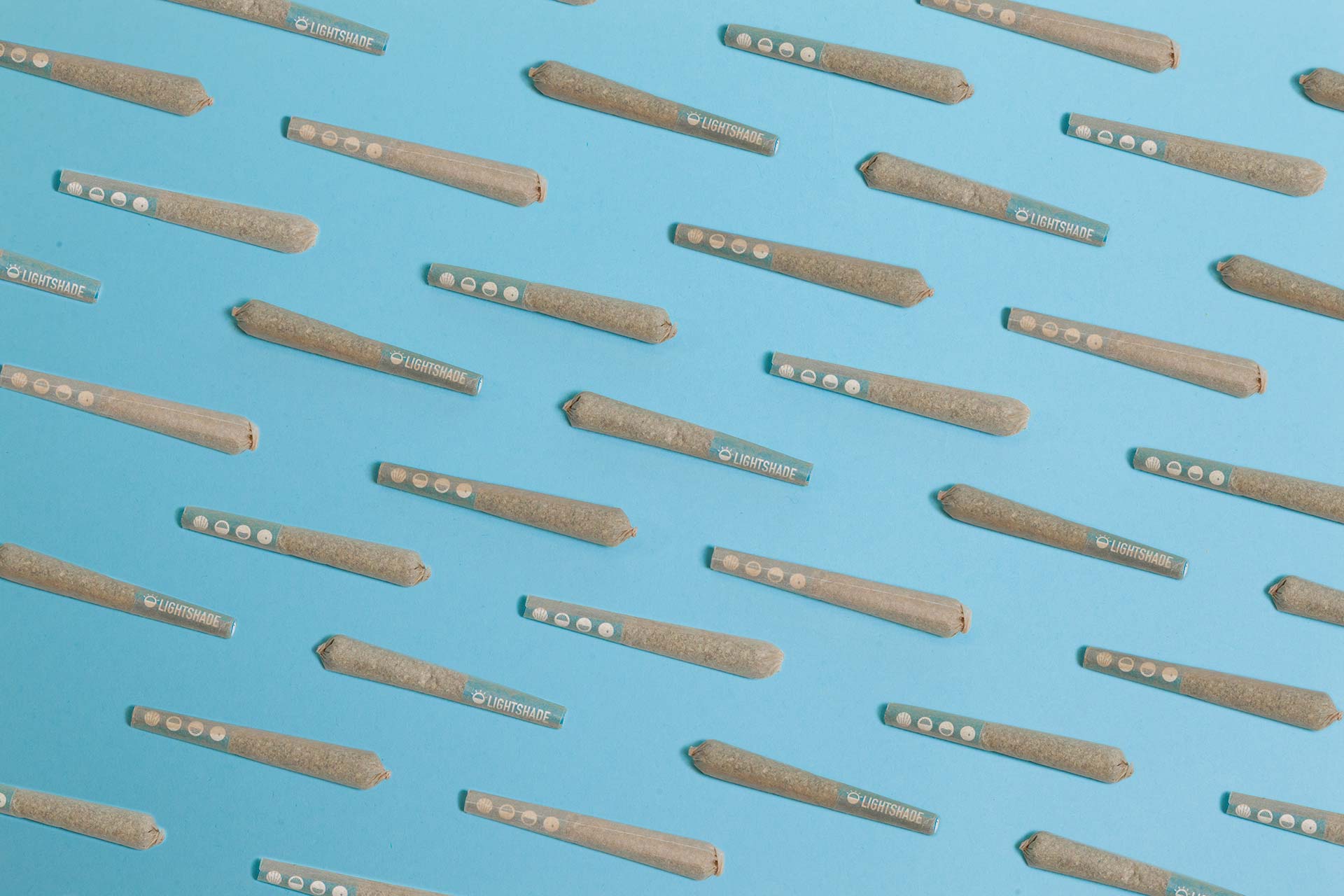
Moses Baca bought two joints from Samuel Caldwell. Or did he?
Claims that Moses Baca bought two joints from Samuel Caldwell are false. Here’s the real story: Baca’s arrest came three days before Caldwell’s – in Five Points – for a quarter ounce of weed hidden in his dresser drawer.
“As the folk hero status of Caldwell and Baca grew with the cannabis reform movement, the two began being erroneously linked as buyer and seller of those first federal joints. Facts, as they say, should never get in the way of a good story.” — Daniel Glick, Leafly
The cannabis folk hero status bestowed upon Caldwell and Baca in the decades since their arrests confused an already hazy history. Today Caldwell is deified on mugs and t-shirts, but let’s not forget that the now-lauded cannabis Prisoner of War was also a career criminal.
(Caldwell wasn’t a cannabis consumer. Seeing a financial opportunity, he had only started selling weed a few months before its prohibition.)
And Baca, Caldwell’s 23-year-old “accomplice,” was a bystander in our nation’s racist campaign against “marihuana.” As a Mexican-American, Baca was a shiny poster-boy for cannabis prohibition. His arrest stoked the fears of Americans taken by the government’s anti-immigrant rhetoric. In 1937 Congress criminalized cannabis and not because they felt it was psychologically or physically harmful. Cannabis prohibition was an attempt to stem the tide of Mexican immigration and control the economic competition hemp posed to the timber and pharmaceutical industries.
Still, Moses Baca wasn’t entirely innocent. Like Caldwell, Baca had a lengthy rap sheet; it was a “Drunk & Disturbance” charge that led Denver authorities to his door, and he had a strong reputation as an abusive husband.
Baca’s violent past is too often overshadowed by his cannabis martyrdom.
The facts of Caldwell’s and Baca’s arrests, and their popularity as cannabis folk heroes, belie a more profound history. One in which truth is obscured (on both sides) by agenda and stereotypes.
Credit is due to “Uncle Mike” for uncovering the stories of Steven Caldwell and Moses Baca.
Most of what we know about Steven Caldwell and Moses Baca comes from the Colorado cannabis activist “Uncle Mike.”
“Uncle Mike calls himself “just a redneck from Craig,” a rural Colorado town more well known for being a hardscrabble coal community than it is for breeding cannabis activists. After a lifetime of living in the underground, he still isn’t comfortable using his real name.”—Leafly
After serving time for a cannabis-related offense, Uncle Mike hit the history books, uncovering the truth surrounding Caldwell and Baca. Mike sifted through years of dusty documents and jumbled news stories to assemble a coherent and truthful story. He collected his findings in a book:
U.S. District Court, Denver, Colorado, Imposes First Federal Marihuana Law Penalties: Compilation of Publications, Interviews, Criminal Files, and Photographs of Moses Baca & Samuel Caldwell
Today we have Uncle Mike to thank for shedding light on this forgotten corner of cannabis history.
Lightshade Dispensary’s Guide to Cannabis Edibles in Colorado
A growing interest in the functional and recreational properties of cannabis is creating a space for culinary innovations.
Colorado cannabis consumers love edibles – and we can’t blame them. After all, edibles are a discreet (and delicious) way to enjoy our favorite plant. And with advancements in dosing, healthier options, and the emergence of infused beverages, the category is set to grow even further in the new decade.
The humble edible was once limited to the classic pot brownie and infused cookie. Still, as cannabis legalization spreads, the opportunities for product innovation grow, and with improved dosing accuracy, and more variety, the options for Denver dispensary customers at every stage of their cannabis journey are significant.
Lightshade’s broad selection of Colorado edibles appeals to every kind of cannabis consumer, from the canna-sseur (see what we did there?), to the yogi, endurance athletes, to people interested in a healthy wine alternative. Budtender’s at our medical and recreational dispensaries in Denver and Aurora, and our Federal Heights, Colorado dispensary, answer questions about cannabis edibles every day. So, we decided to collect the most common questions Colorado dispensary customers have about edibles and our answers in one place.
Without further ado, here is our guide to Colorado cannabis edibles!
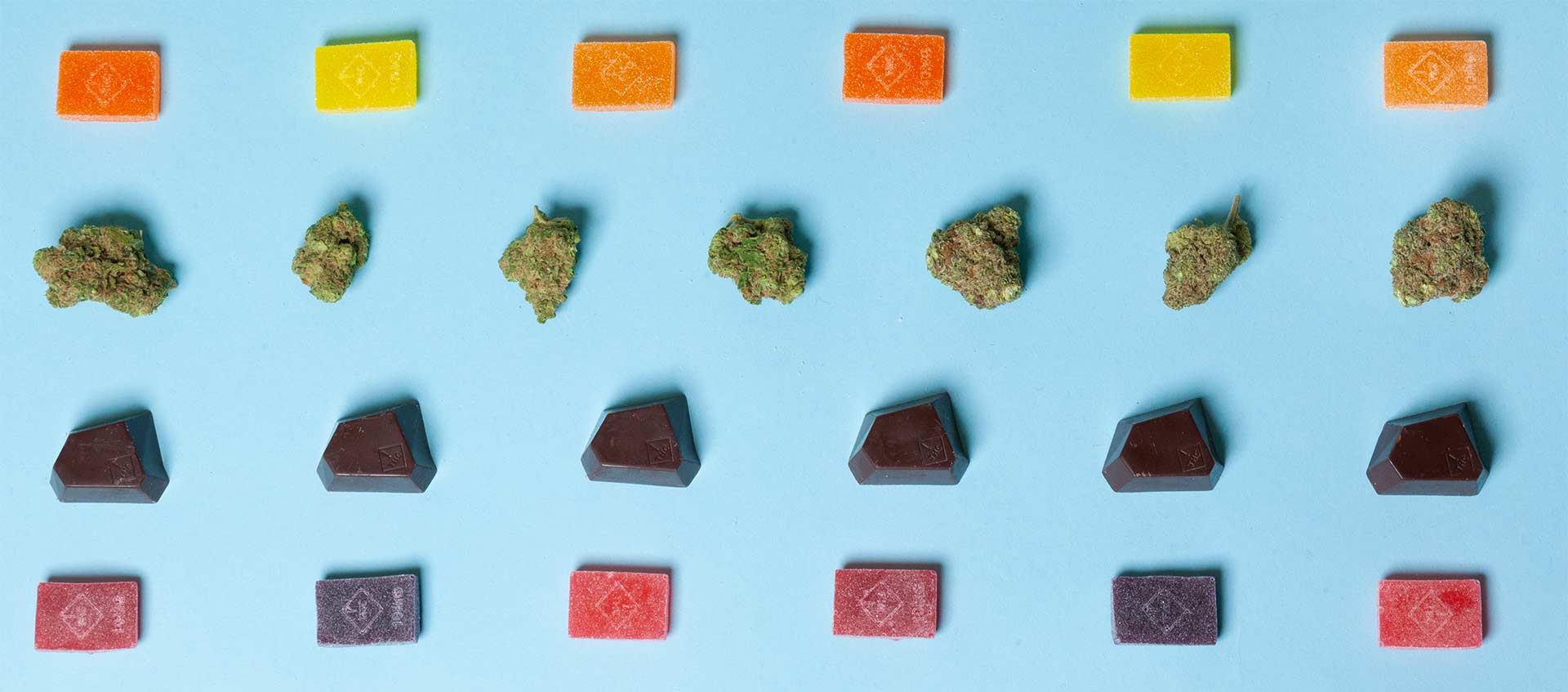
What are the most common types of edibles found in a Colorado dispensary?
Cannabis gummies, infused baked goods, tinctures, and beverages, are the most common types of edibles found in Colorado dispensaries. We are also starting to see more experimental infused options like marshmallows, and truffles to round-out our Denver dispensary edibles selection.
Most edibles are digested through the gastrointestinal tract, which means that these infused products take the longest to kick-in. But it’s worth the wait! The effects tend to last the longest – up to eight hours (or more) in some cases.
Cannabis-Infused Drinks, Tinctures, and Hard Candies are three types of increasingly popular edibles.
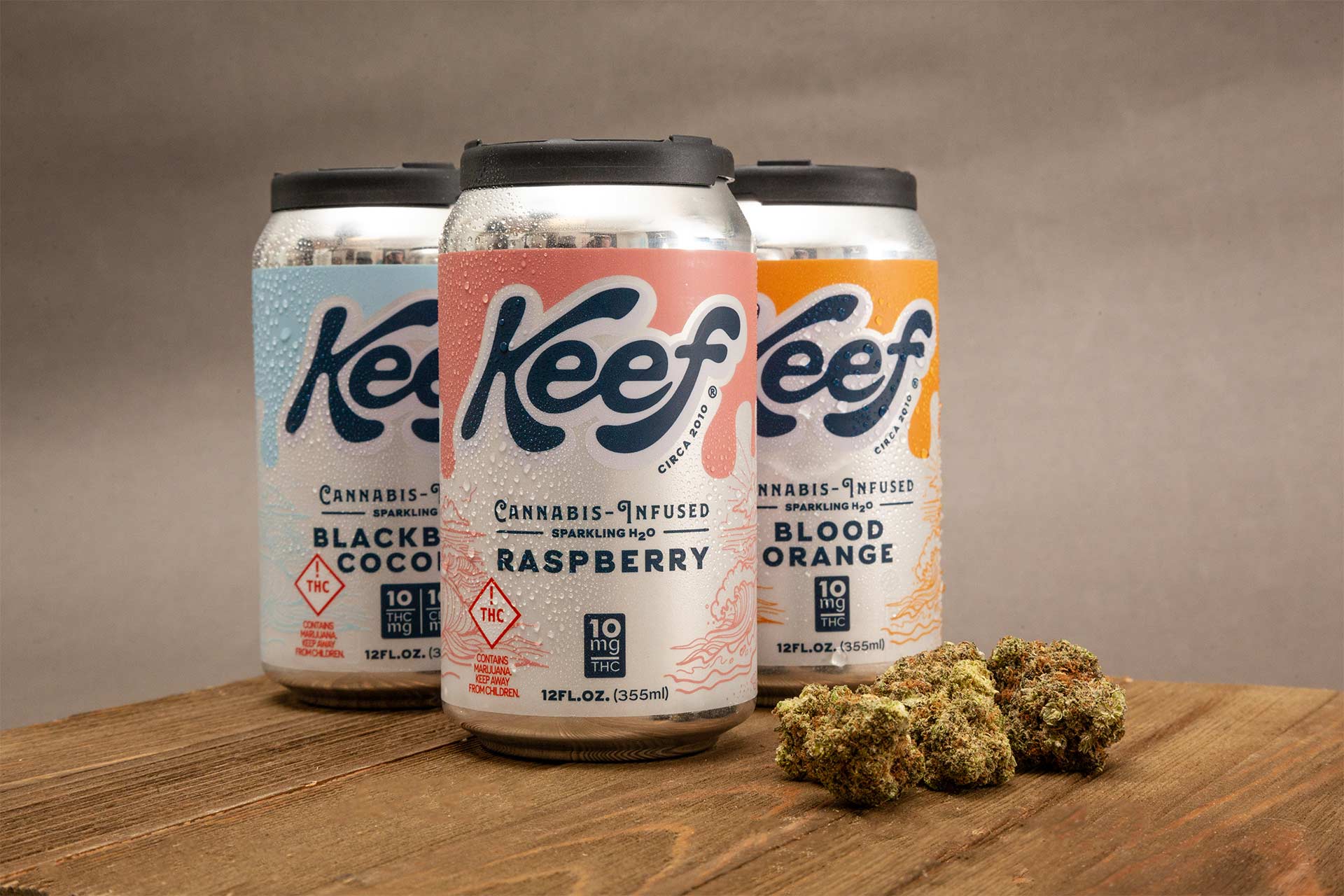
Cannabis Beverages
Cannabis-infused beverages hit Colorado dispensary shelves a few years ago, and today they are growing in popularity. From soda to sparkling water, to cold brew coffee, Denver dispensary customers love THC-infused drinks.
Like an infused gummy or baked good, cannabis-infused drinks pass through your digestive system. But since it’s a liquid, the effects are felt faster – as fast as a tincture in most instances (but they last longer).
Hard Candies and Cannabis Tinctures
Hard candies and tinctures are growing in popularity as fast as infused drinks. And while the practice of making and consuming herbal tinctures dates back thousands of years, after a decline in demand, tinctures are very much back in fashion. Tinctures and candies are a discreet and fast-acting consumption method, which explains the sudden rise in popularity.
Absorbed through a process known as oral uptake, a few drops of a tincture beneath the tongue sends potent cannabinoids directly to the bloodstream and brain, bypassing the digestive system, which explains the speedy onset. In contrast to edibles and drinks, the effects of a tincture or infused candy tend to last only two to three hours.
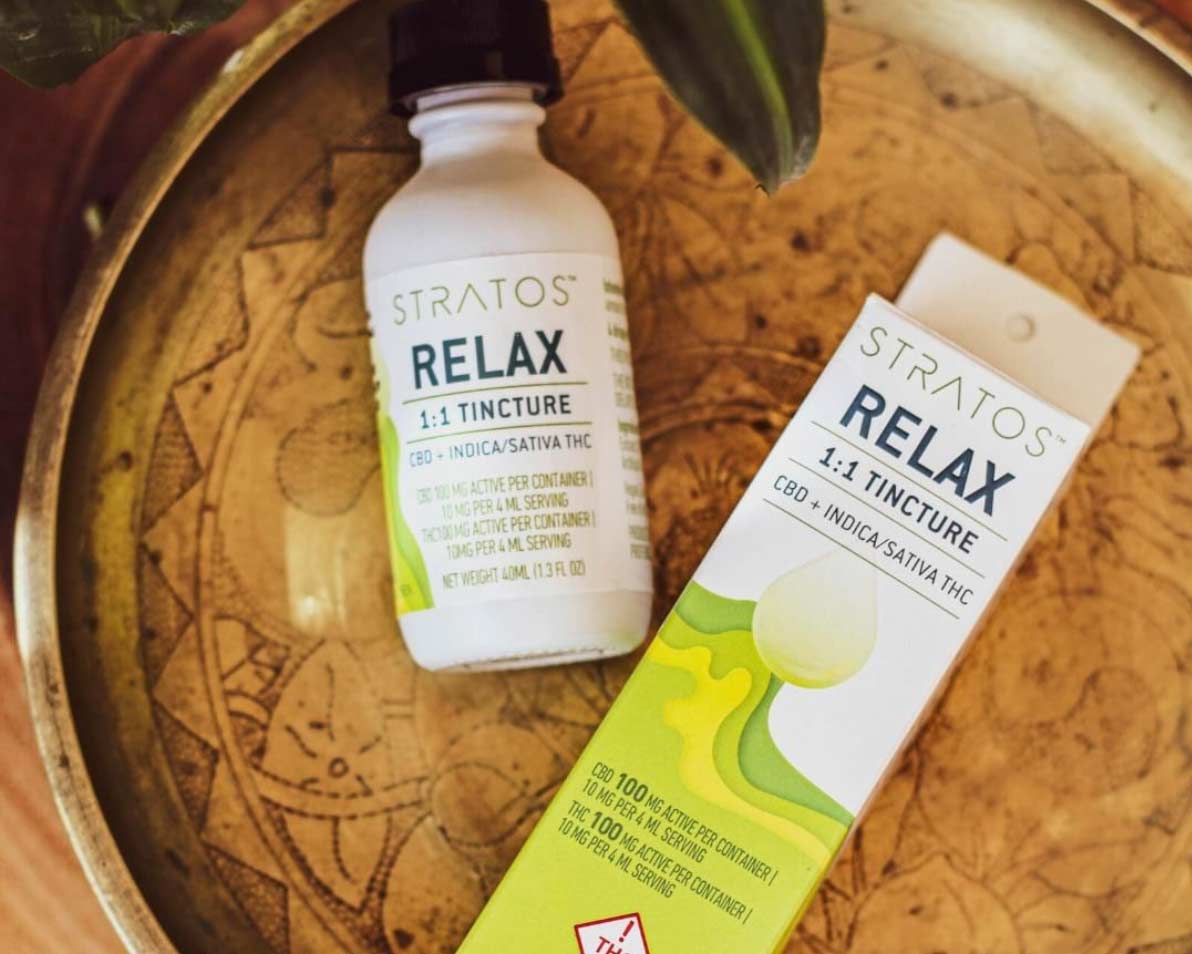
Are edibles good for new cannabis consumers?
Edibles have a reputation for being inconsistent and risky. While we understand the reputation, with today’s accurate dosing and strict regulations, the chances of finding yourself in a state of edible-induced panic are slim.
That said, there are a few guidelines newly initiated Colorado dispensary customers should follow. Beginners need to start with a microdose and slowly work their way up to higher potency. The phrase “start low and go slow” applies to you if you’re a new cannabis consumer!
Ask a budtender in one of our eight Colorado dispensary locations if you have questions about the safe consumption of cannabis edibles. We want you to have the best experience possible.
A note about dosage: Colorado state law requires that each edible cannabis dose be no more than 10mg. That said, there’s no reason not to start with a lower dosage. New cannabis consumers should consider opting for a dose in the range of 1-5mg of THC. Casual consumers can bump this amount up to 5-10mg, and experienced cannabis lovers can go up to 15mg.
Are there side effects of cannabis edibles?
The effects of an edible vary by type and dosage. Still, regardless of dosage or the style of edible, you can expect more of an overall body high than the deep cerebral (head) high you get from smoking or vaping cannabis.
THC is synthesized into 11-hydroxy-THC when it’s absorbed through the digestive system – it’s far more potent than the delta-9-THC received by our brains after smoking or vaping weed. And edibles take longer to move through the body, which is why the effects are more sustained. We suggest that you wait at least one hour after the first dose (enough time for the results to fully kick-in), before considering another round.
Uh-oh, you over-consumed. What should you do?
Breathe deeply – you’re going to be okay. There is not one single recorded death from a cannabis overdose. It’s impossible.
And, CBD is your best friend if you’ve consumed too much. CBD helps reduce the side-effects of THC, so it’s a good idea to keep a 100% CBD edible or tincture nearby for those times when you’ve gone a little too far.
Follow the CBD tincture up with a good round of sleep, and you’ll be right as rain.
Pro-tip: If you overconsume and need an experienced nurse to chat with, or, if you have general cannabis-related questions, call our friends at Leaf 411 (844-LEAF411).
If you’re wondering, “what’s the closest dispensary near me?” head to our locations page for a list of Lightshade Colorado dispensary locations. Also, don’t forget to visit our order page to check out Lightshade’s selection of edibles and place an order for pickup.
Spotlight | Reuben Droughns & Tatum Bell - Retired NFL Athletes
We got the privilege to sit down with retired Denver Broncos stars, Reuben Droughns and Tatum Bell. We talked football, we talked cannabis, we talked friendship, and we also passed a Dadirri caviar joint. Yes, it was absolutely as fun as it sounds. Check it out!
Black History and Cannabis: A Story of Tragedy, Stereotypes, Hardship, Survival - and Triumph
We need to honor the role of African Americans in shaping our nation – and their connection to the turbulent history of cannabis. And not just in February.
The story of modern American cannabis runs parallel to the turbulent history of our nation. It’s a story marred by tragedy and triumph, misunderstanding, falsehoods – and racism.
February is Black History Month, the annual celebration of African American achievements, and a time to honor the pivotal role black folks play in shaping United States history. However, we can, and should, argue that limiting the celebration of African Americans to one month out of the year is a tone-deaf approach to an impossibly long history. After all, black history doesn’t start – or end – in the 28 days of February.
“It’s literally impossible to fit 400+ years of history into a 28-day time span. So this year, don’t pat yourself on the back just for posting a Maya Angelou quote during Black History Month, keep that energy year-round.” – DM Blunted
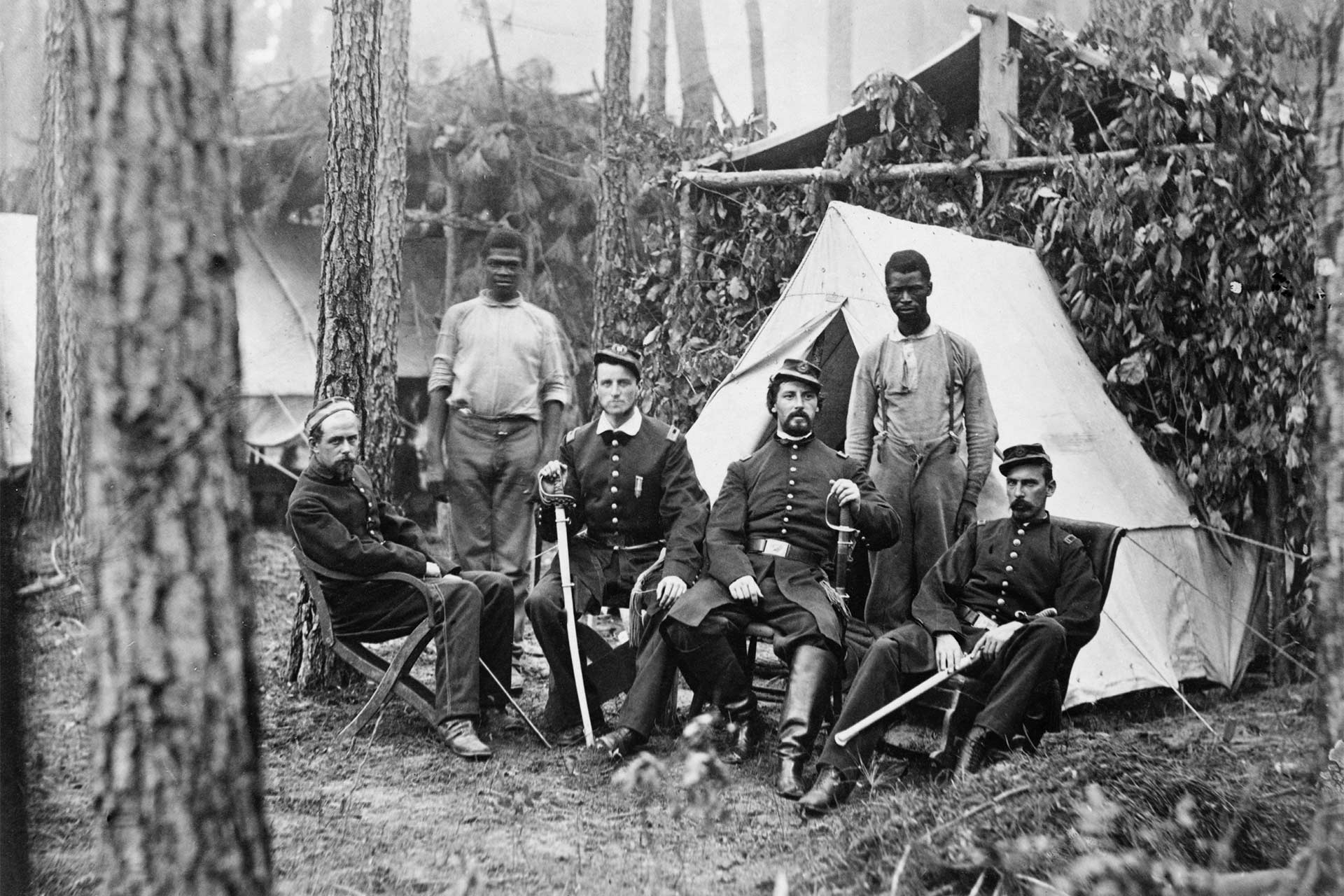
Black history is intertwined with the history of American cannabis, and our nation’s legacy of institutionalized racism.
Cannabis during the time of slavery was cultivated, cared for, and harvested by slaves. The American hemp industry, born in Kentucky, was built on the forced labor of West African slaves who grew the hemp seeds carried by their Virginian slave masters. Kentucky became the biggest producer of American hemp and home to one of the largest slave populations in the nation. And things remained this way for nearly a century until the Civil War forced a decline in demand.
The psychoactive form of cannabis owns a history as tragic as it’s non-psychoactive sibling hemp.
According to a paper authored by University of Kansas professor, Barney Warf, shifting global borders and the movement of nomadic populations over centuries resulted in wars and imperialism that influenced the history of weed.
Cannabis – first cultivated in central Asia before arriving in Southeast Asia, India, and Arab Countries – was introduced to African peoples by Arab merchants in the 13th century. Called “Dagga,” consumption spread across the continent, and historical records reveal that Indian indentured laborers in South Africa consumed cannabis for centuries before the plant was introduced to Western Africa via British and French military officers during WWII.
The British Military moved thousands of indentured Indian laborers to the Caribbean during the 19th century. And those laborers brought their ganja. The Caribbean introduction to cannabis was the historical tipping point that led to its global dissemination. But, in most instances, cannabis was used by slave owners and traders to pacify slaves.
Cannabis entered the United States via Caribbean sailors and immigrants arriving in New Orleans, and through Mexican citizens escaping the tragic violence of the Mexican Revolution. Black and brown folks in America consumed cannabis recreationally, and those white Americans sympathetic to the racist ideologies of the abolished slave trade established the longstanding stereotype that upstanding whites abstained.
*Additional reading: High Points: An History Geography of Cannabis, Barney Warf, 2014
These stereotypes and racist fears eventually led to cannabis prohibition in the 1930s.
Harry Anslinger, America’s first commissioner of the Federal Bureau of Narcotics (he held the position until 1962), turned the nation against cannabis through his fear-mongering and bigoted rhetoric. Anslinger tied cannabis to Jazz, and Jazz, an almost purely African American musical tradition, was an affront to his racist sensibilities.
“There are 100,000 total marijuana smokers in the US, and most are Negroes, Hispanics, Filipinos, and entertainers. Their Satanic music, jazz, and swing result from marijuana usage. This marijuana causes white women to seek sexual relations with Negroes, entertainers, and others.” – Harry Anslinger
Fast-forward to 1971 and the launch of Nixon’s War on Drugs: cannabis-related arrests skyrocketed, and as is still the case, the arrests disproportionately impacted communities of color. In a 2010 study, the ACLU found that more than half of drug arrests in the United States were from cannabis possession, and, despite the understanding that equal numbers of black and white Americans consume cannabis, black people are four times more likely to face arrest.
“The Nixon campaign in 1968, and the Nixon White House after that, had two enemies: the antiwar left and black people. Do you understand what I’m saying? We knew we couldn’t make it illegal to be either against the war or black, but by getting the public to associate the hippies with marijuana and blacks with heroin, and then criminalizing both heavily, we could disrupt those communities. We could arrest their leaders, raid their homes, break up their meetings, and vilify them night after night on the evening news. Did we know we were lying about the drugs? Of course, we did.” – Nixon’s Chief Domestic Advisor, John Ehrlichman, Harper’s Magazine, 1994
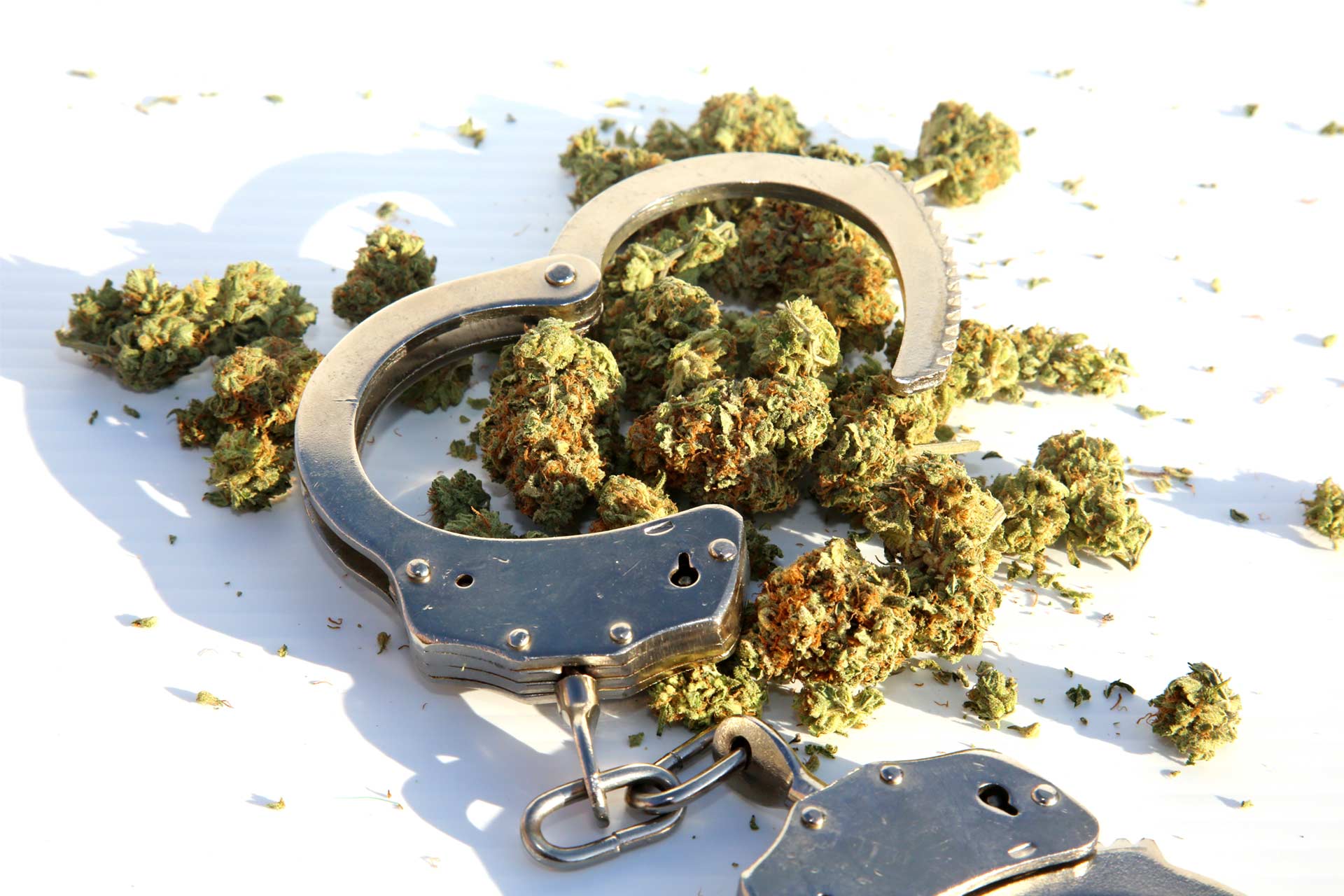
It’s too easy to forget there are black and brown folks behind bars in cities and states where recreational and medical cannabis prohibition continues. Even in Colorado, where prohibition is over, and cannabis consumption is equal across racial lines, blacks face arrest at a rate ten times higher than whites. Cannabis arrests overall are down, but there is a distinct and unsettling racial disparity.
With legal recreational cannabis consumption programs in place, the public eye has finally turned toward addressing the cannabis-related inequalities and injustices in communities of color. The discussions range from equity programs that include technical assistance, business incubation, and distributing half of new cannabis business permits to equity businesses, to no-charge expungements for cannabis-related arrests.
Still, with roadblocks like banking restrictions, punitive tax codes, high license and permit fees, and limiting land-use laws, cannabis equity programs are baby steps in the fight to level the playing field for people interested in gaining entry to the industry.
It’s a step in the right direction and helps address decades of bigoted Drug War policies that bulldozed communities of color, but it’s only a start.
“Black history is cannabis history. Black history is the United States history. The good, the bad and the ugly are all permanently interlaced. So when we celebrate hemps’ legalization or pop fireworks on July 4th, we also need to acknowledge in the same breath that black people’s literal blood, sweat, and tears are behind those celebrations.” – DM Blunted
Classic Cannabis Strains: Bubba Fett
The classics never go out of style.
Bubba Fett needs little introduction. And not because the strain references a beloved Star Wars icon (it’s Boba Fett in case you’re wondering, #Duh). Bubba Fett is a marriage between two of our industry’s most loved genetics: Pre-’98 Bubba Kush and Stardawg.
And Bubba Fett is a heavy hitter (more on that later).
An original created by Boulder’s Green Dream Cannabis, Bubba Fett is an indica-dominant hybrid known for its somewhat high CBD percentage. But, don’t be fooled, Bubba Fett leans heavily toward its indica profile, giving the strain noticeable sedative effects.
Bubba Fett puts you to sleep.
Tread lightly. Bubba Fett is not for the faint of heart. This beloved strain puts consumers to bed. As Westword says, “Even at night, this strain can be easily overdone, with the motivation to brush your teeth, take the dog out or put leftovers in the fridge all hanging in the balance after a puff or two.” You’ll want to settle in for the night before entering the realm of Bubba Fett.
Lightshade customers enjoy Bubba Fett’s earthy and bright flavor, and it’s relaxing (to say the least) and long-lasting effects.
Know this: Bubba Fett will have you running for the snack drawer; watch out for the munchies. If your pantry is stocked with cookies and chips, or your freezer is full of ice cream, beware.
“Bubba Fett is the cream of the crop when it comes to indica-dominant hybrids. It’s rare and unique cross alone attracts cannabis connoisseurs to this flower. Bubba Fett is known for providing consumers with a hefty high, which quickly becomes sedating. It is an ideal strain for kicking back and taking a mid-day nap. Some consumers find the strain to be a fantastic movie strain as long as the sedating effects don’t become overpowering. Bubba Fett is an insanely high testing strain making it a perfect flower for experienced consumers.” – Leafbuyer
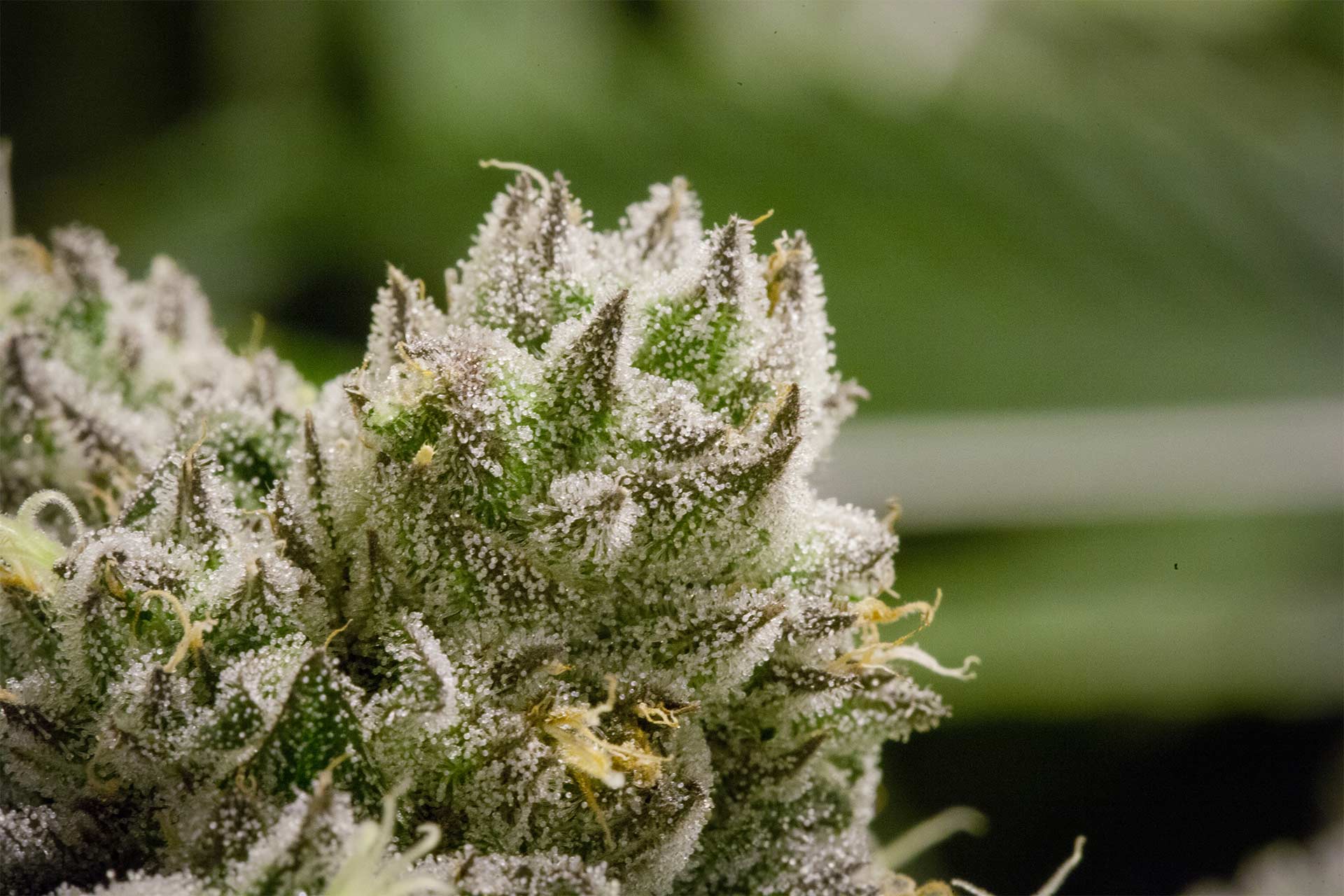
Bubba Fett is a unique strain and remains a classic even as the available strain options grow. Colorado dispensary customers worship at the feet of Bubba Fett – maybe we’re getting carried away, but perhaps not? Bubba Fett’s chunky buds, milky white trichomes, and bright violet-hued and lime-green flowers, keep Lightshade visitors coming back for more, again, and again. The Bubba Fett adoration borders on obsession.
The rundown on Bubba Fett:
- Bubba Fett is a blend of Pre-’98 Bubba Kush and Stardawg
- Despite its high CBD percentage, Bubba Fett leans heavily toward its indica side.
- Bubba Fett has powerful sedative effects – not recommended for new cannabis consumers.
- Bubba Fett is known for inspiring intense bouts of the munchies (lock up your Doritos).
- Bubba Fett is a well-known mood enhancer.
- Bubba Fett is most common in Colorado (we are lucky).
- Berry-like, earthy, and herbal, are common descriptors for Bubba Fett’s flavor profile.
- Bubba Fett has a THC content between 25-29%.
- Medical cannabis customers love Bubba Fett because of its powerful sedating effects.
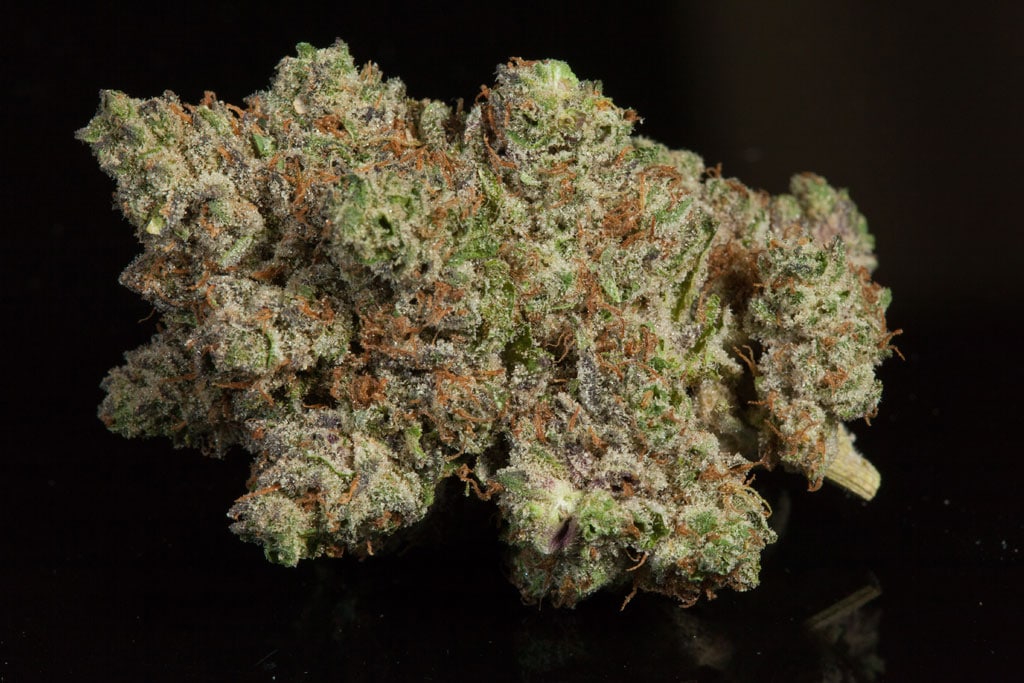
Bubba Fett is a classic among a sea of classical genetics. Do you also love this night-time strain?
Also, be sure to hit our online shop to pickup our limited edition custom Bubba Fett enamel pin, also available in stores!
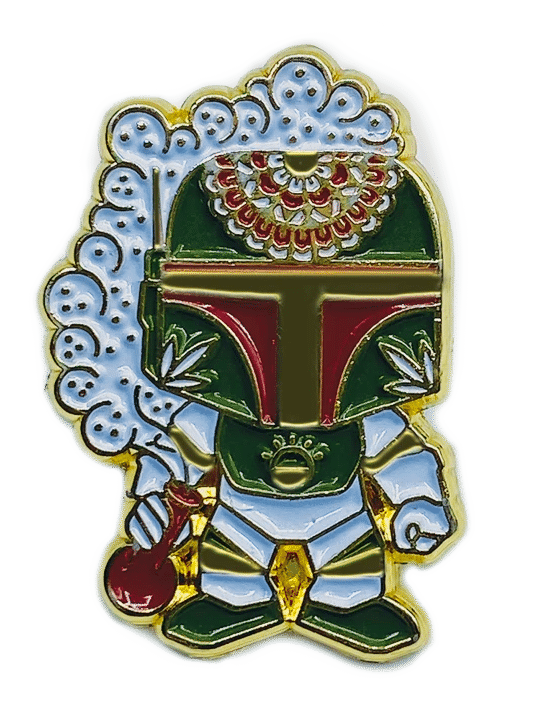
The Cannabis-Enhanced Winter Tourist’s Guide to Colorado
Our cannabis-focused guide to a fun, adventurous, and elevated Colorado winter season.
Tourists flock to Colorado during winter (and they always have). With unparalleled access to winter snow sports, a healthy dose of seasonal sunshine, an urban center exploding with art and food, and of course, legal weed, it’s easy to understand why.
That’s why HuffPost, in 2017, said, “Colorado is the most magical state in America.”
“There’s a reason ‘Rocky Mountain High’ is one of Colorado’s official state songs. Because regardless of your feelings on legalized pot, Colorado will leave you feeling absolutely magical.” – Lisa Miller, HuffPost
Our Denver Metro area dispensaries are ground zero for tourists taking their first steps on Colorado’s hallowed ground (we realize this sounds epic, but Colorado is epic!). Our budtenders welcome guests with more than a selection of our state’s premium cannabis products. They’re an unofficial extension of the Colorado Tourism Board, doling out advice to visitors who want to take advantage of what our state has to offer.
It’s for this reason that we decided to create our cannabis-enhanced tourist’s guide to Colorado winter activities (locals might find an undiscovered gem too).


Hike or take-in a chill (and chilly) concert at Red Rocks.
Red Rocks, just ten miles from Downtown Denver, is Colorado’s open-air amphitheater and natural wonder. Dusty red rocks (hence the name) rise above the city and beg for visits from tourists and locals alike. A day spent hiking and exploring the massive geological formations is a day well spent.
Built into naturally occurring stone structures, Red Rocks Amphitheater plays host to touring musicians year-round. Everyone from the Beatles and Jimi Hendrix to Phish, Widespread Panic, and Wu-Tang Clan, have graced the Red Rocks stage. And while the concert schedule slows during the colder months, there’s a safe bet you can take in a show during a winter visit to Colorado.
Cannabis and music go hand-in-hand. Bring a spiritual quality to your Red Rocks experience with a pre-show (or hike) edible. Just remember, with this, or any of the activities in our guide, public cannabis consumption is illegal, and it’s NEVER ok to consume and drive. Leave the transportation to a sober friend, Uber, or Lyft.
Red Rocks Park and Amphitheater
18300 W. Alameda Parkway,
Morrisson, CO, 80465
Enjoy an elevated meal at one of Denver’s outstanding restaurants.
Denver’s food scene is exploding. Our once ho-hum selection of restaurants today is packed with talented chefs creating culinary masterpieces in every corner of the city. Cannabis is the ideal complement to food – there’s no better way to enhance the flavor and experience of eating at one of our city’s new restaurants or dining halls, than with a pre-roll, pre-dinner (see what we did there?).
Give yourself a case of the munchies and head to a Denver eatery. Here are some of our favorites:
Sophisticated Cuisine
Tavernetta
1889 16th St.
Denver, CO 80202
720-605-1889
Somebody People
1165 S. Broadway #104
Denver, CO 80210
720-502-5681
Beckon
2843 Larimer St.
Denver, CO 80205
303-749-0020
Safta
3330 Brighton Blvd. #201
Denver, CO 80216
720-408-2444
Uchi
2500 Lawrence Street
Denver, CO 80205
303-444-1922
Casual Eats
Illegal Petes
Locations across the Denver-metro area
Royal Rooster
Broadway Market
950 Broadway
Denver, CO 80203
Avanti Collective Eatery
3200 Pecos Street,
Denver, CO
720-269-4778
Daikon
211 East 7th Avenue,
Denver, Colorado
720-282-3459
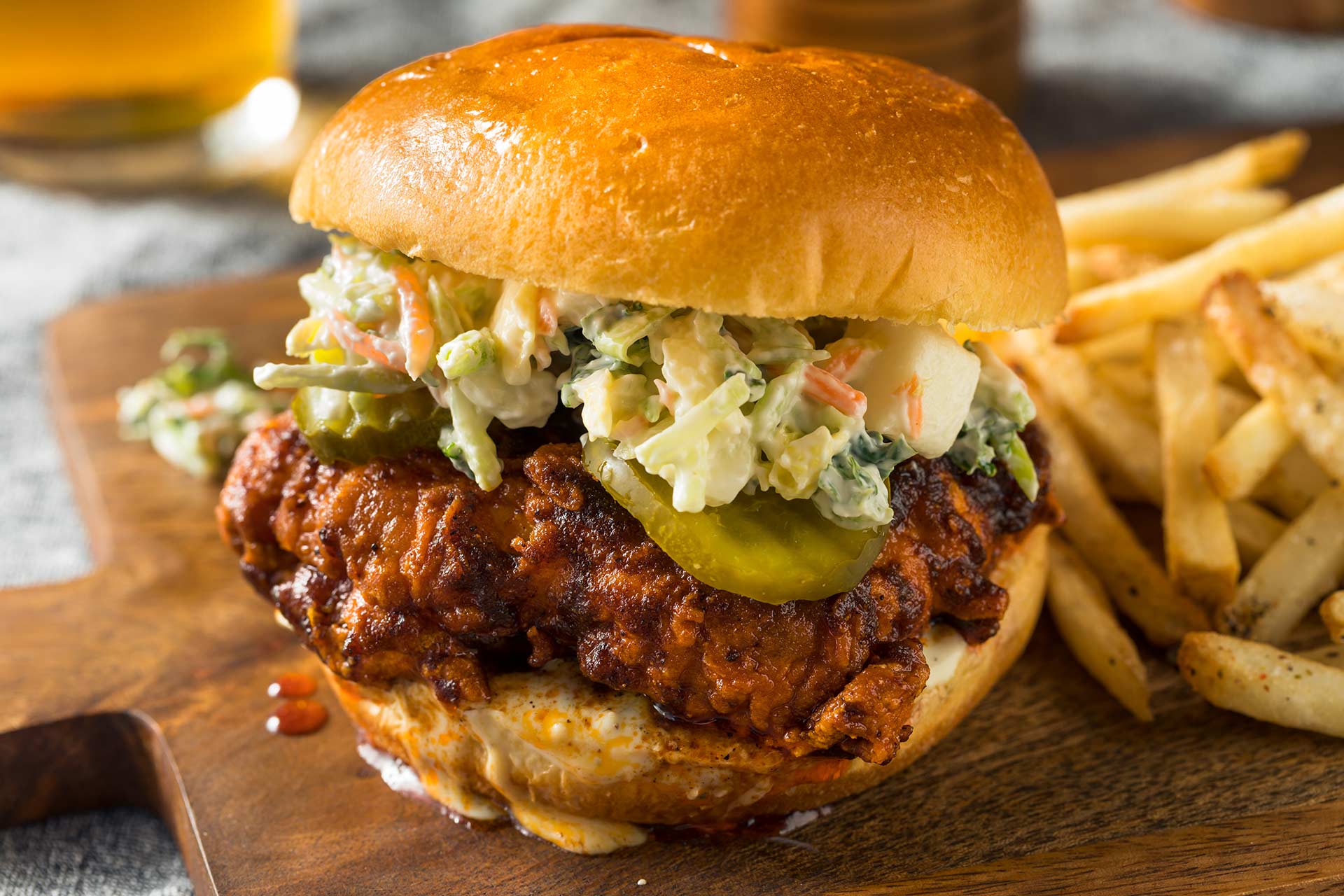
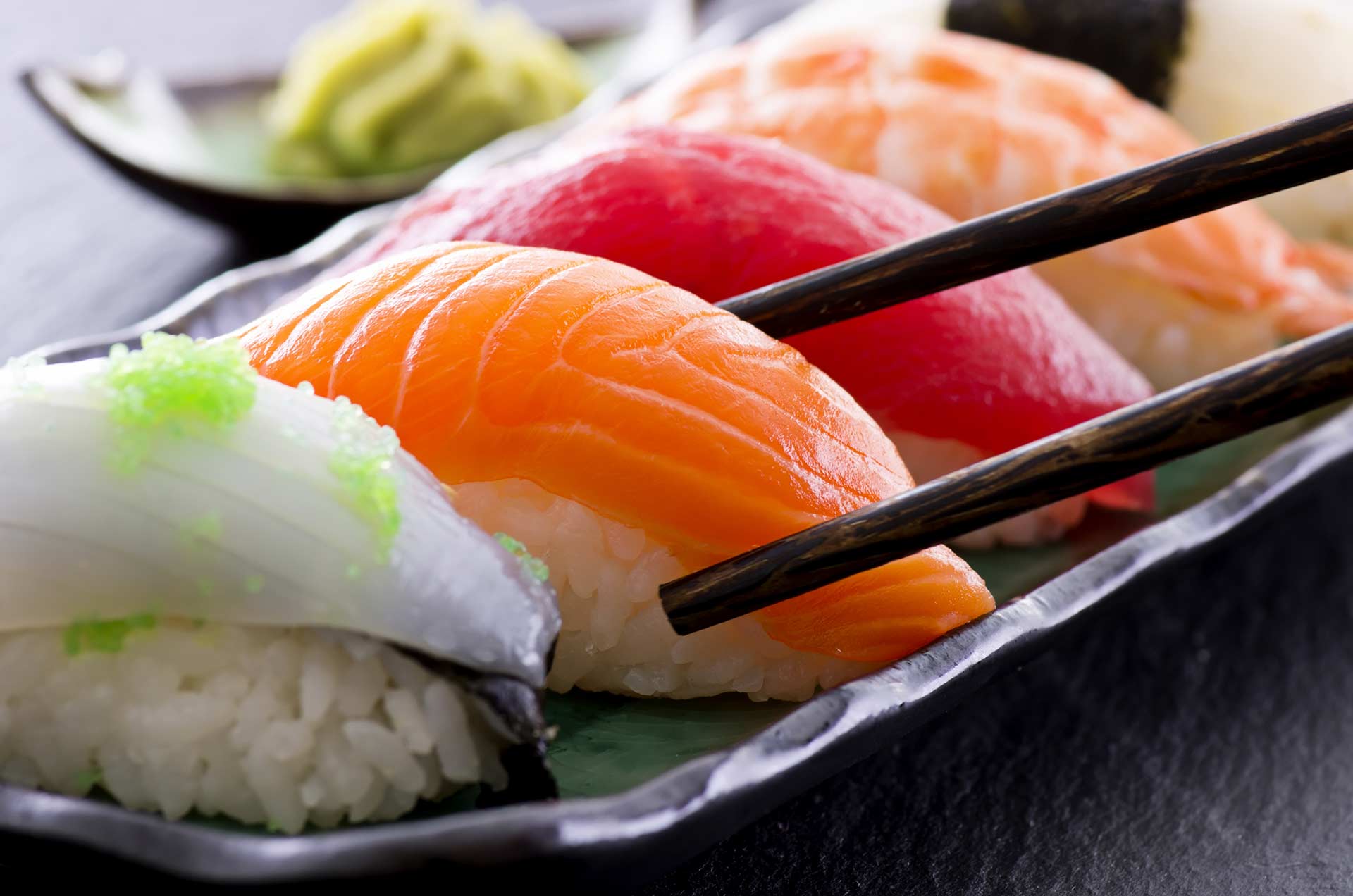



Relax and stroll in one of our beautiful urban parks.
Denver has a slew of beautiful parks you should visit. And what’s better than strolling through a park with a discrete cannabis vape tucked into your pocket (remember public cannabis consumption is illegal – take caution). We are partial to two city-close parks in particular: City Park and Washington Park.
Just east of Downtown Denver, City Park offers beautiful views of both the city and the mountains. And, it’s it’s a short distance from our Dayton location. It’s also adjacent to the Denver Museum of Nature and Science – if you get cold, duck into the museum and learn a thing or two.
South of Downtown Denver rests Washington Park. With a sprawling lake and beautiful inner and outer walking paths, you can take a stroll with South Denver’s fitness fans who use the park to train for spring and summer endurance sports like running and cycling. And, it’s just a few miles from our Denver dispensary. And yeah, Colorado locals are hearty – they will run or ride in the coldest of temperatures.
City Park
2001 Colorado Blvd.
Denver, CO 80205
Washington Park
Downing and E. Louisiana Ave,
Denver, CO 80210
Take a DIY tour of the RiNo (River North) Arts District.
The River North Arts District, most often referred to as RiNo, is a former industrial area transformed by artists. Sprawling and walkable, the neighborhood is home to craft breweries, specialty coffee shops, restaurants, and independent retail boutiques.
Each September, artists (legally) paint murals across the neighborhood during an event called Crush Walls. Locals and tourists flock to RiNo to experience and photograph the urban art, and even on the coldest of Colorado winter days, it’s fun to get lifted and lost in the maze of streets and artwork.
*Pro-tip: RiNo is infinitely Instagrammable. Don’t forget your phone or camera.
River North Arts District (RiNo)
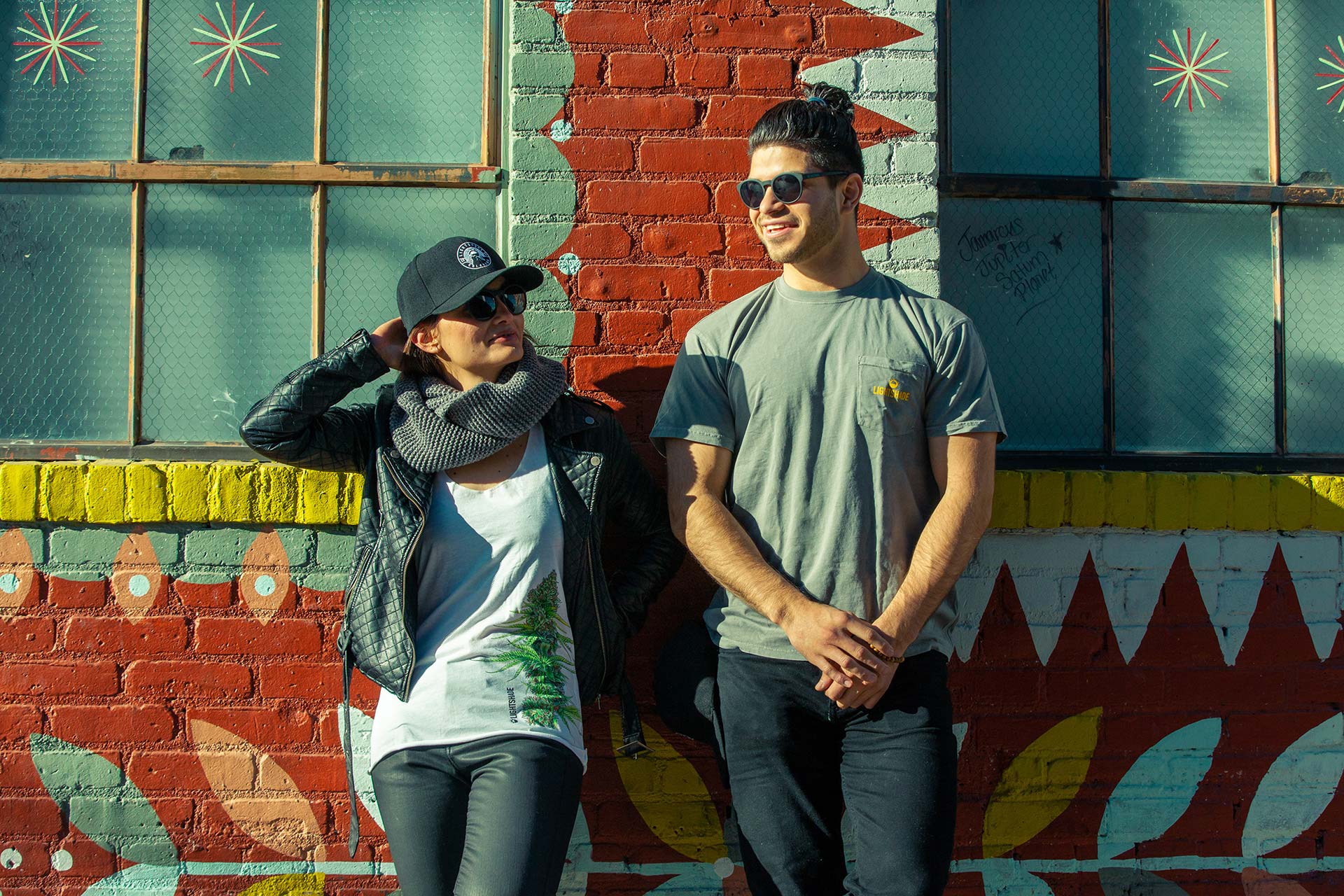
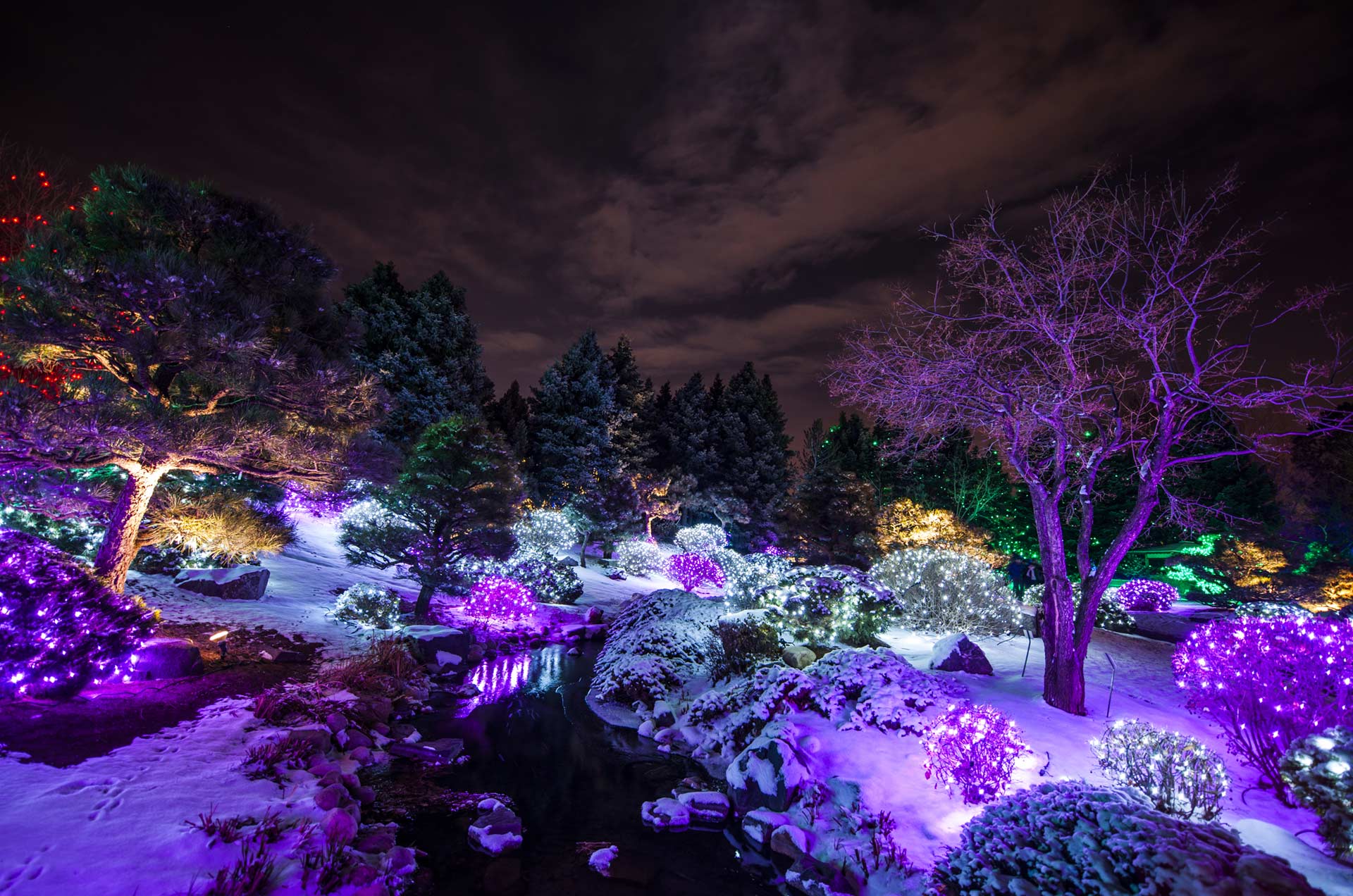
Visit the Denver Botanic Gardens.
Colorado sees over 300 days of sunshine each year, and that’s why the Denver Botanic Gardens is open year-round. Offering a beautiful and educational plant-focused experience, as well as sunrise yoga sessions, special events, and free days, for Colorado winter tourists, a day-long visit is a perfect respite from the fast pace of travel.
With an expertly timed cannabis dose, you’ll find mellow satisfaction wandering the beautifully curated gardens.
Denver Botanic Gardens York Street
1007 York Street
Denver, CO 80206
303-865-3500
Denver Botanic Gardens Chatfield Farms
8500 West Deer Creek Canyon Road
Littleton, CO 80128
Head to the hills to ski or snowboard.
We’d be remiss not to mention the number one draw for Colorado winter tourists: easy access to the nation’s best skiing and snowboarding. Our mountains are beautiful and fun, and of course, winter sports and weed go hand-in-hand (but please, always be safe). There’s nothing like floating down the slopes in a haze of fresh powder, elegantly elevated by your favorite strain. Sounds nice, doesn’t it?
And instead of an apres-ski beverage, how about a post-snow smoke session or mellow edible. Not only is cannabis a healthier option that won’t leave you feeling hungover the next day, but it’s also excellent for easing the aches and pains that come part and parcel with a day out on the slopes.
*Pro-tip: when you arrive at Denver International Airport (DIA), drop by our Dayton Dispensary and pick up a cannabis-infused salve to give your tired muscles extra TLC.
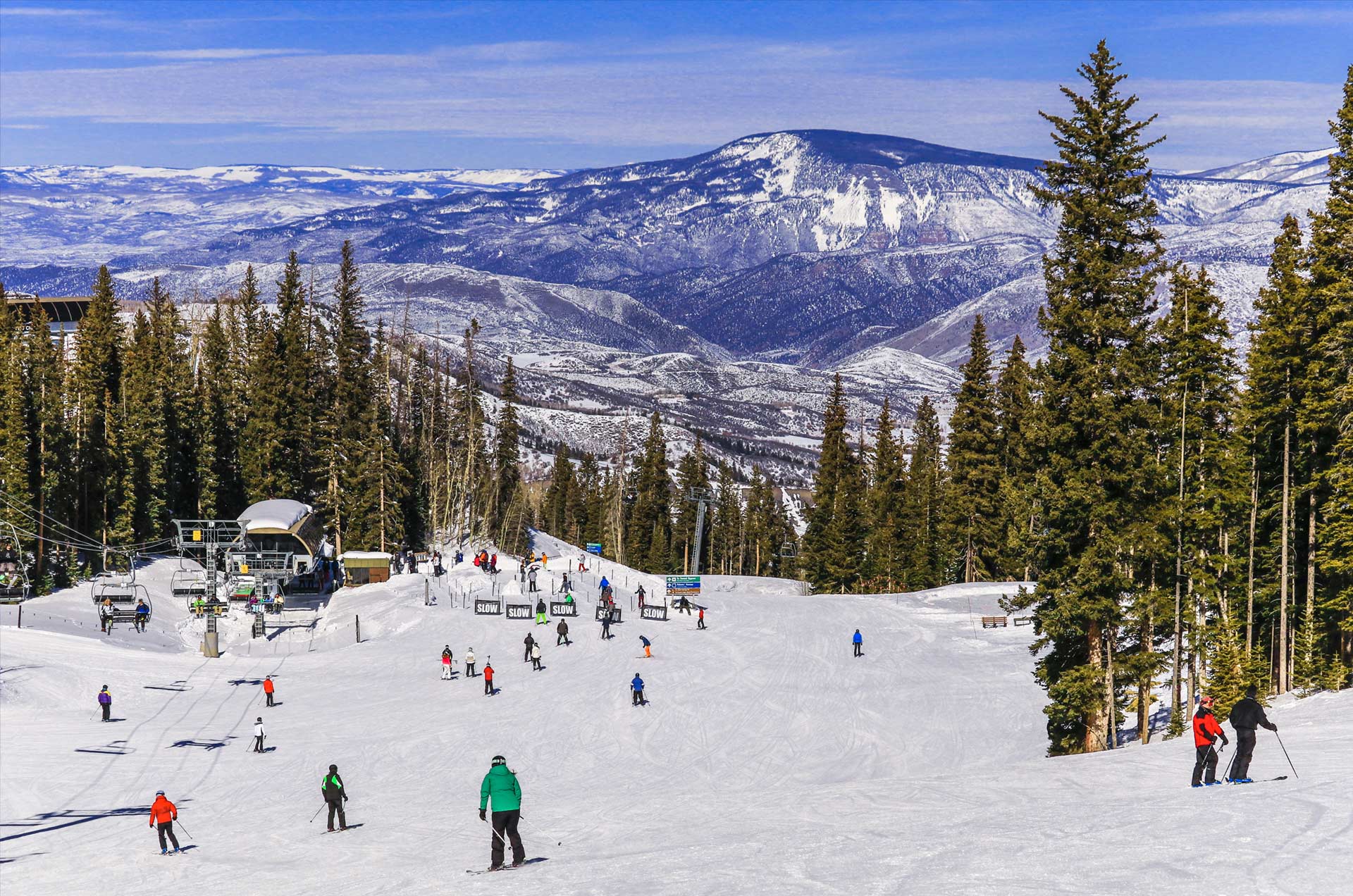
Act like a local and go sledding at Ruby Hill.
Colorado Public Radio calls Ruby Hill, a “sledders gold mine.” This in-the-know spot is where you’ll find kids (and adults) sledding on epic snow days.
If you’re lucky enough to visit our state during, or after, a round of heavy snowfall, we suggest you find a sled and join locals on the legendary sledding hill. Of course, everything is enhanced with cannabis – before you launch yourself down a slope covered in snow and ice, drop by one of our Denver dispensaries and stock-up for the frigid festivities.
Ruby Hill Park
1200 W. Florida Ave
Denver, CO 80223
720-913-1311
Get arty at the Denver Art Museum.
Former Mayor’s Wellington Webb and John Hickenlooper worked hard to transform Denver from Cowtown to Art-town, and the Denver Art Museum is our crown jewel. We love to consume cannabis on a frigid winter’s day and spend hours lazily gazing at collections of art, from modern masterpieces to epic renaissance scenes of beauty and tragedy, to contemporary pieces that leave us scratching our heads. Canna-friendly winter tourists traveling to Colorado should make a trip to our world-class art museum a priority.
The Denver Art Museum
100 W. 14th Avenue Parkway
Denver, CO 80204
720-913-0169
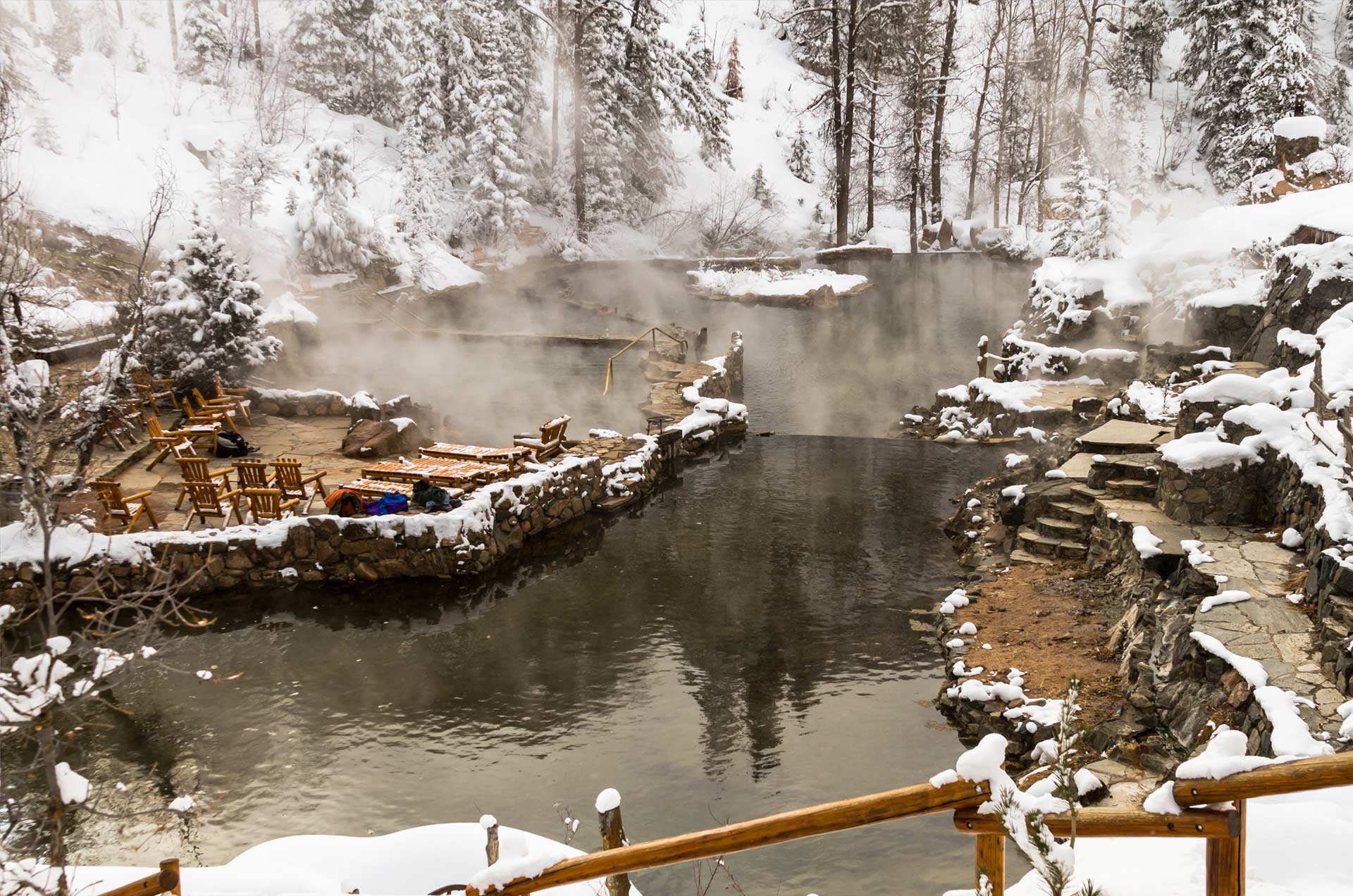
Fight the cold in hot springs.
Colorado is home to several naturally occurring mineral hot springs, and Strawberry Park, just outside the major Ski destination, Steamboat Springs, is our favorite.
“Imagine relaxing in 104-degree mineral water while Steamboat’s famous Champagne Powder gently collects in the surrounding forest.” Sounds fantastic, right?
The drive to Strawberry Park is not for the faint of heart, so we suggest that you either have a designated driver or blaze after you’ve soaked and made your way back into town. We can’t think of a better post-Strawberry Park activity than relaxing at the AirBnB or Ski Chalet with a pre-roll, some great food, and a warm fire.
Strawberry Park Mineral Hot Springs
44200 County Road #36
Steamboat Springs, CO 80487
970-879-0342
Shop at one of our eight Metro Denver Dispensaries.
We’ve provided Colorado locals and tourists with Denver’s best selection of premium cannabis products since 2011. Our four Colorado dispensary locations are conveniently located, which means that you’re never far from Lightshade. Hit the link below to learn more about each of our four Denver-metro dispensary locations.
And while you’re there, ask our budtenders what they think you should do. We’ve packed this guide with great ideas, but it barely scratches the surface. Colorado is full of winter treasures. Enjoy!
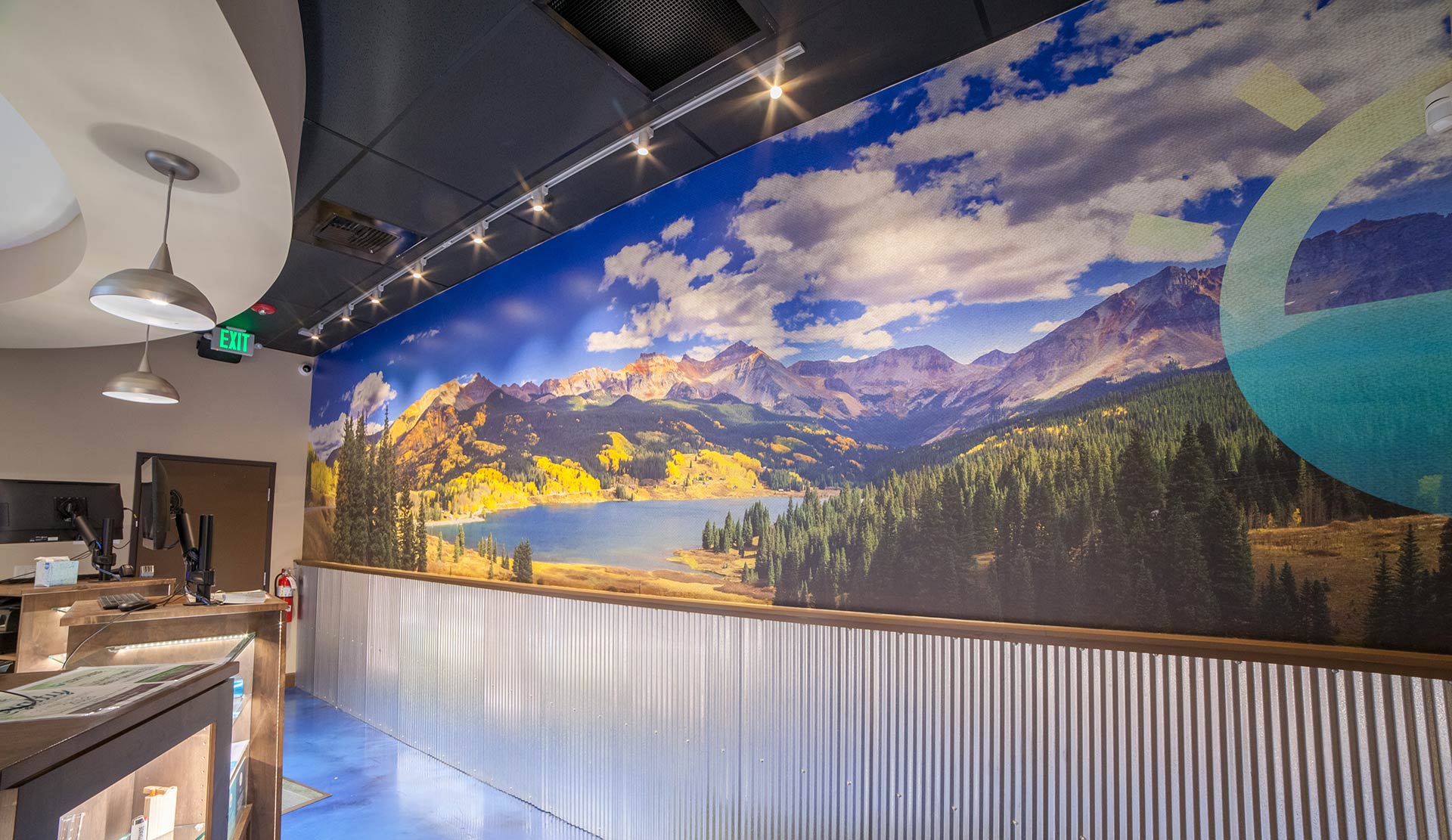
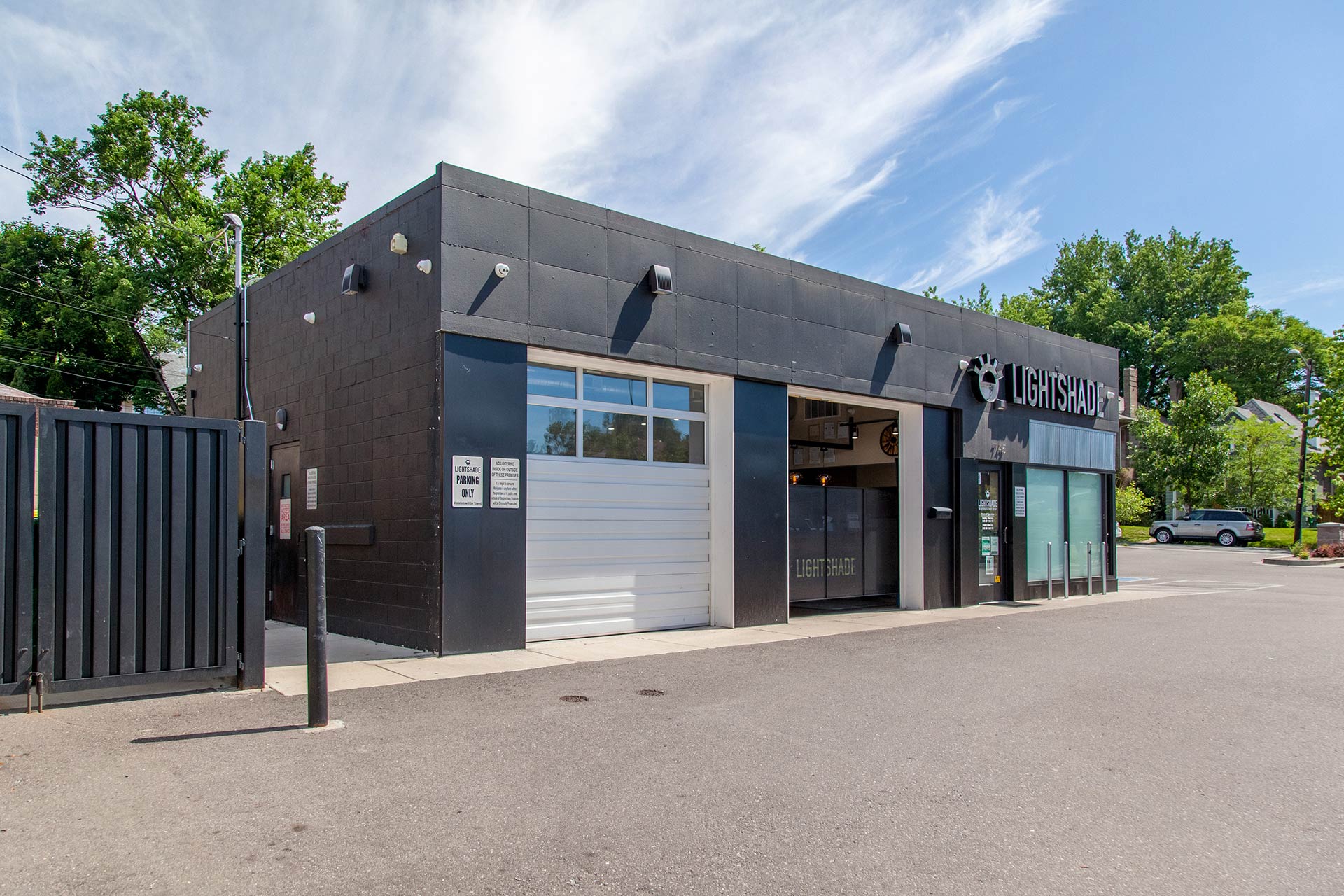
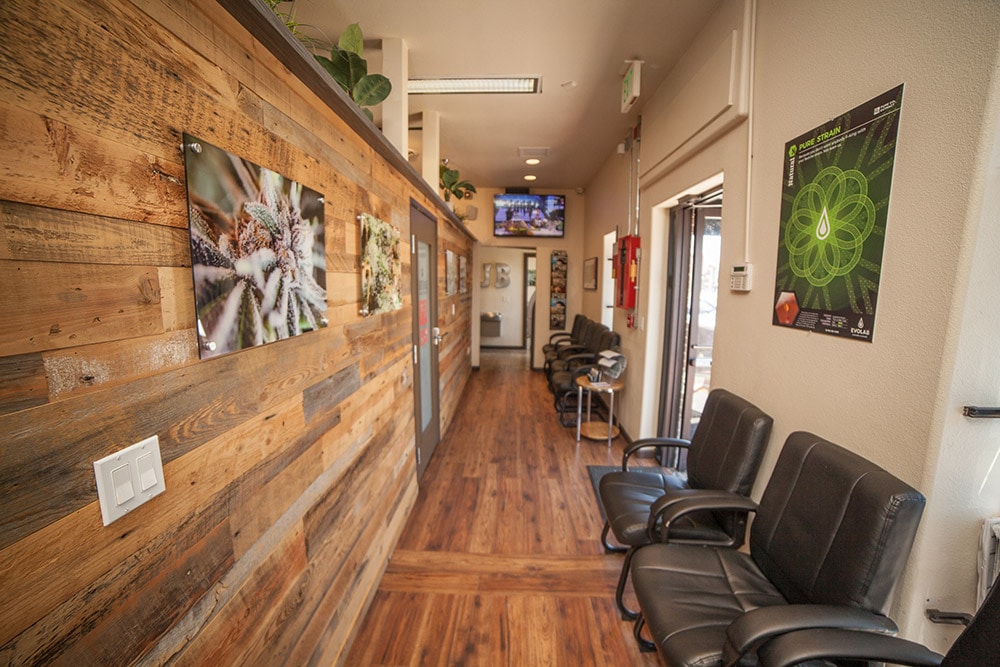
Spotlight | Cayla - Yogi
“My name is Cayla and I’m a Yogi. CBD allows me to maintain my yoga practice along with my running and anything else that I like to do. And it’s just a way for me to feel like I’m giving back to my body and a safe and holistic way.”
“I grew up in Raleigh, North Carolina, playing volleyball through most of my childhood and was fortunate enough to go to Chapel Hill to play Division I volleyball. And I didn’t play around with yoga much until I moved to Denver about six years ago. That’s when I took my first Vinyasa class and completely fell in love with the therapeutic effects that it had on my body. Yoga meant so much to me that I really wanted to take my training and my own understanding of yoga to a deeper level. And I really wanted to find a way to share that with other people, particularly my parents, as they get older, how can I help them move their bodies in safe and effective ways to optimize their longterm health.”
“I couldn’t really afford teacher training, and so I would clean yoga studios on Friday nights for about six to eight months. It allowed me to join the teacher training program in October of 2015 and complete my 200 hour teacher training certification in February of 2016. I think yoga is whatever you want it to be. For me, it was a way to ground who I am, replenish all of the joints and muscles that I strained during those years of volleyball, and to really start to internalize what it means to love myself, and to eventually share that love with other people. Yoga brought me a sense of identity and a sense of comfort and healing and I really feel like it has shaped me and the person that I am today.”
“I was really on the fence about CBD. Lightshade really made me feel comfortable and at home. Their bud tenders are super knowledgeable and really allowed me to focus on what I was looking for and I’m really grateful for that experience and that’s why I keep going back to Lightshade.”
“One of the products that I really love from Mary’s Medicinals is their salve. For me, I feel instant relief when I put it right on the areas that hurt, particularly my knees and my elbows, and it has this really cooling sensation that makes me feel like it’s effectively doing its job. When I’m looking for something a little bit more intense and longterm as far as making me feel better and my joints feel better, I like Mary’s Medicinals CBD patches. I just stick them right on my shoulder blade or right on my hip joint, and I just leave it there and forget about it. And a few hours later, I can really feel the benefits of the CBD patch working through my joints and releasing all of the stress and build up.”
“One of the best gifts that you can give yourself in the New Year is time. Time for yourself, time for your breath, time for your body, and really the connectedness of all of those things combined. So I would encourage you to check out a new studio, a new community, and take a class or two and see how it feels for you. And if you’re interested in checking out CBD like I was, I recommend going to Lightshade. They can definitely help you find what you’re looking for.”
“My name is Cayla and I’m a yogi.”
New Year Sun Salutation A Tutorial
Achieve Your 2020 Weight-Loss Goals with Cannabis
Research shows that cannabis helps consumers maintain a slim waistline. Are you surprised?
New Years’ resolution season is in full swing. The time when people across Colorado try their hardest to meet mostly unrealistic fitness and lifestyle goals, and torture themselves by eliminating all things fun (just a joke – we’re all for healthy resolutions).
And often that includes cannabis.
We don’t blame anyone for trying to start the year strong, and we’ve also got a list of resolutions. But, weed is one thing we aren’t eliminating, and that’s not just because Lightshade is in the cannabis business.
Why? Because cannabis might help consumers maintain a healthy weight. Before you scoff at this sentence and shut your laptop in frustration, hear us out.
Cannabis is your secret weight-loss weapon in the New Year.
While science supports the Doritos-ravaging stoner stereotype, research also shows that cannabis consumption might help consumers maintain a healthy weight. Scientists now link tetrahydrocannabinol (THC), the psychoactive ingredient in cannabis, with weight loss.
Tom Clark, chair of Indiana University South Bend’s biological sciences department, and his team of researchers analyzed 17 studies and almost 156,000 participants. They found that cannabis consumers, on average, have a lower body mass index (BMI) than participants who abstain (7% lower BMI on average). Clark’s team also found that cannabis consumers are up to 35 percent less likely to suffer from obesity.
Research shows that THC boosts metabolism over time, so even if you get a spontaneous bout of the munchies, your metabolism bump compensates for it. Also, many contemporary cannabis strains don’t have pantry-clearing effects, meaning you can consume without first hiding the Ben & Jerry’s.
And the metabolism-boosting effects of our favorite plant aren’t limited to regular cannabis consumers; fresh consumers benefit from a nearly four-week metabolic bump after their first session. Consuming cannabis just a few times a month can help to slim down your waistline.
Let’s put this theory to the test.
Researchers from the University of Calgary tested the cannabis weight-loss theory by giving fat mice – and skinny mice – a daily THC dose, and compared the results. They found that while THC had little impact on the size of mice who started the study at a healthy weight, the compound helped portly mice slim down. The researchers hypothesize that THC changes the gut microbiome and helps regulate digestion and weight-loss.
Scientists are quick to point out, however, that we are in the early phases of understanding how cannabis influences weight. The effect of cannabis on weight-loss is complicated- tread lightly when/if the munchies arrive: if you consistently eat pints of ice cream, you will gain weight.
CBD won’t do the trick – at least not in the ways you think.
Before you run to the nearest CBD-heavy product, know this: THC is a must. Scientists believe that Americans are inflamed and perpetually hungry because our diets are saturated in omega-6 fatty acids (from foods like vegetable oil and butter). Omega-6 fatty acids overstimulate the body’s CB1R receptor, increasing hunger and making food taste good (no complaints there), while also decreasing metabolic rates and promoting fat storage (boo). THC communicates with the CB1R receptor and restores homeostasis, minimizing hunger and weight gain. CBD can’t compete with THC in this instance (sorry, CBD, we still love you).
We should note, however, that CBD is an appetite suppressant, which makes the newly famous cannabinoid an excellent tool for consumers battling compulsive eating habits.
ho·me·o·sta·sis
/ˌhōmēəˈstāsəs/
noun
-
the tendency toward a relatively stable equilibrium between interdependent elements, especially as maintained by physiological processes.
Cannabis alone won’t help you lose weight.
Other positive habits are crucial to maintaining a healthy weight; don’t assume you can smoke-off extra baggage. If you have poor eating habits and don’t regularly exercise, cannabis won’t help you slim down.
Coloradoans must pay attention to the quality of their food sources. Processed food, fast food, and foods with hidden sugar and fat are the enemy, and when you combine these unhealthy foods with a fast-paced, stressful, and anxious lifestyle, you’ve got the recipe for weight gain.
Fortunately, cannabis is helpful for the relief of general pain and anxiety. And controlling stress and anxiety with cannabis is a healthy way to minimize the metabolic impact of daily life. When you combine the stress relieving properties of our favorite plant with the metabolism-boosting benefits of THC, you’ve got the recipe for healthy weight management.
Drop weight in 2020 with cannabis.
Cannabis isn’t a substitute for a healthy diet and exercise, but, as research shows, it helps maintain a healthy weight and minimizes the impact of daily stressors. Be your best in 2020!
Drop by one of our Colorado medical dispensaries or recreational dispensaries to pick up your favorite cannabis products and keep your eyes on our blog to learn more ways to incorporate cannabis into your life.
Classic Cannabis Strains: Pineapple Express
The classics never go out of style.
There’s an argument in cannabis circles. Pineapple Express: which came first- the strain or the film? If you ask Seth Rogen, he’ll tell you the movie came first, with the genetics sharing the same name developed later in tribute.
“There was no Pineapple Express weed before the movie Pineapple Express.” – Seth Rogan
What’s the real story?
Answers in cannabis folklore are shrouded in thick rings of smoke. Pineapple Express fans can follow three narratives for the origin of this now-classic cannabis strain.
Pineapple Express, the film (2008).
The film Pineapple Express, released in 2008, is a classic in the canon of stoner comedies. It’s one of the best, alongside heavy hitters like Dazed and Confused, The Big Lebowski, Friday, and Cheech and Chong’s Up in Smoke.
Here’s a quick summary:
A process server (Seth Rogen) and his weed-dealing friend (James Franco) witness a murder and are forced to run. It’s a simple plot-line with hazy smoke sessions and ambling comedic passages that keep viewers rolling (pun intended) on the floor.
Rogen insists the film came before the strain, but the truth is probably somewhere in the middle. He also says that he and co-writer, Evan Goldberg rolled the over 100 cross-shaped joints featured in the film because on one else on-set knew how to do it.
And again, Rogen says the film came before the strain:
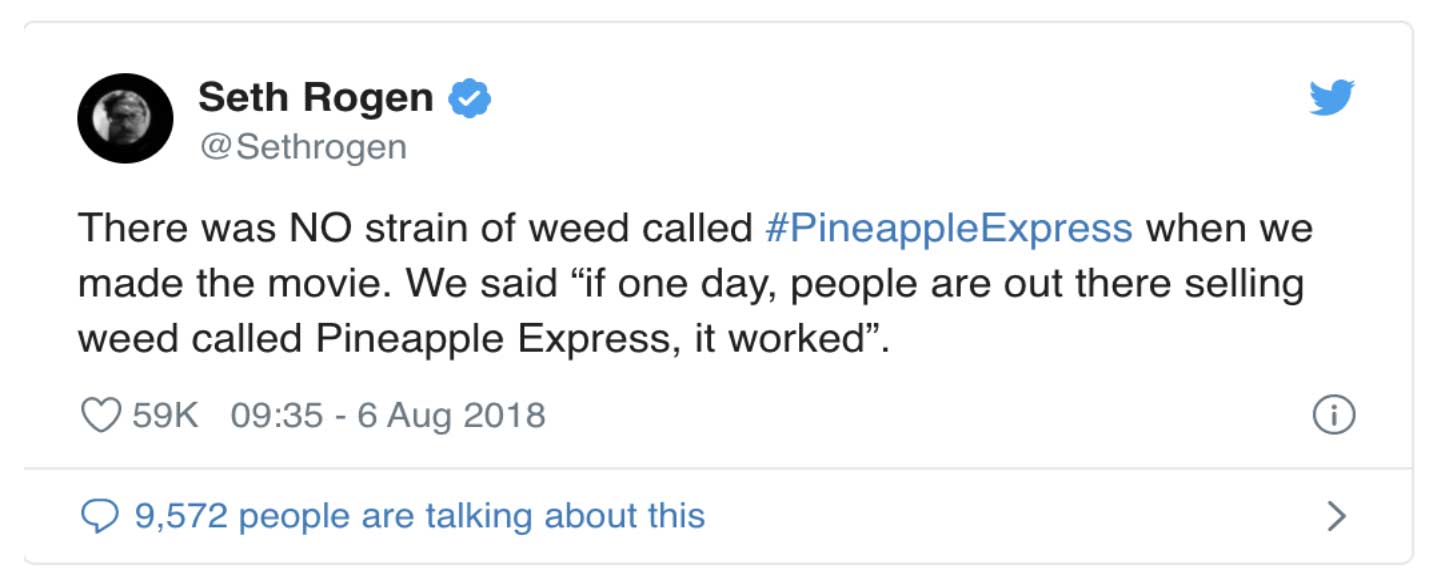
*Bonus reading: Rolling Stone’s “10 Best Stoner Movies of All Time.”

Pineapple Express, the weather event.
Pineapple Express is a non-technical meteorological term for a phenomenon characterized by a steady flow of atmospheric moisture and heavy rains. Storms rise from waters near the Hawaiian islands and extend along the pacific coast of North America. Meteorologists also call the phenomenon “atmospheric river” – a more general term for “narrow corridors of enhanced water vapor transport at mid-latitudes around the world.” (Wikipedia)
It’s an uncommon phenomenon. Still, in December of 2014, Pineapple Express caused snow, wind, and flooding in parts of California with a tornado in Los Angeles (practically unheard of in Southern California).
The weather term Pineapple Express is older than the film, but it’s more plausible to think the strain was named after the movie, and not for the meteorological phenomenon.
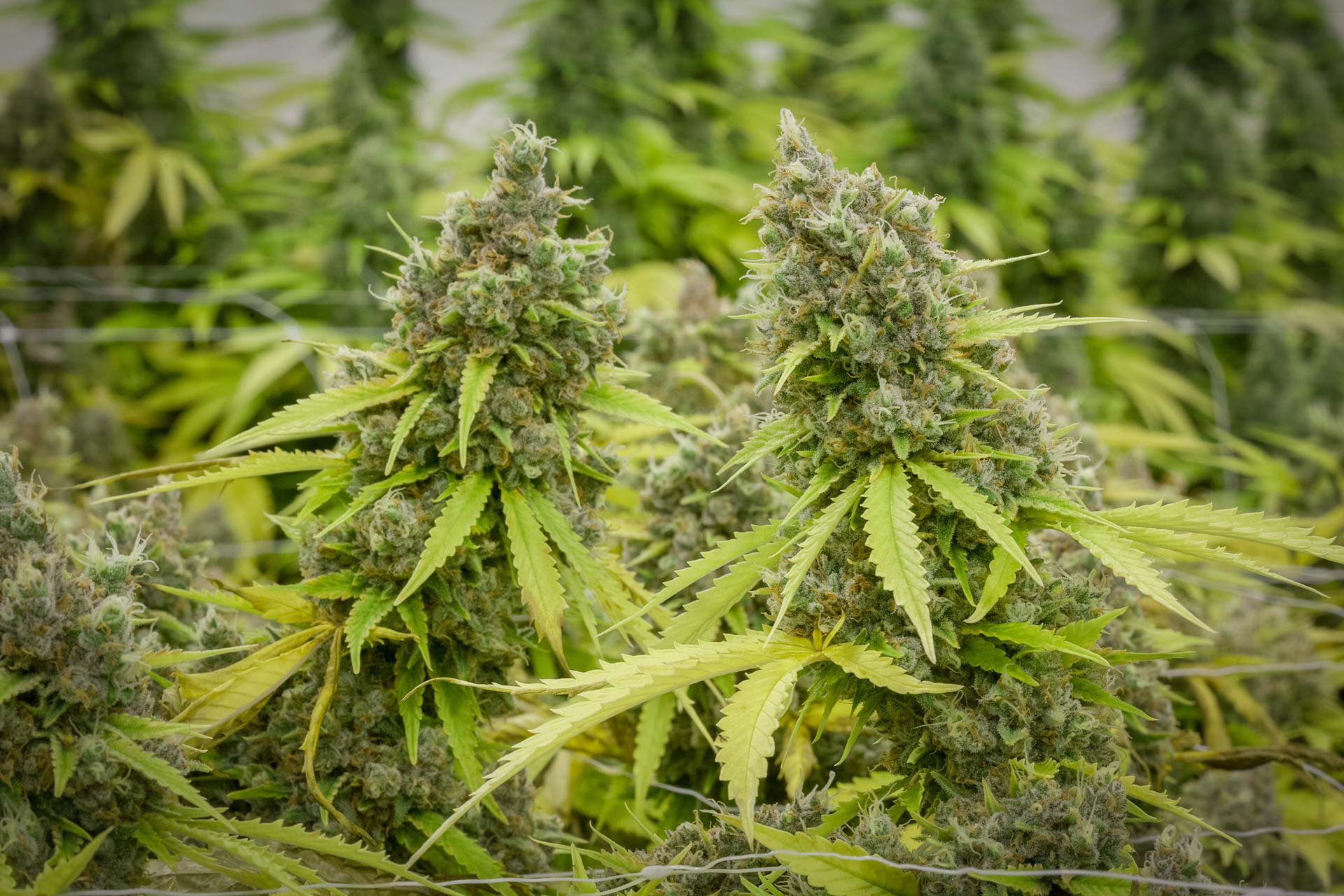
Pineapple Express, the cannabis strain.
The names’ origins are hazy, but one thing is sure: the Pineapple Express strain originates from seed company G13 Labs (well, maybe, that’s up for debate too). A sativa-dominant hybrid, it’s the child of Trainwreck and Hawaiian, with a variable THC content, ranging from a low 15% to a heavy-hitting 26%. And Pineapple Express includes a bit of CBD, making it helpful for people looking for relief from general pain and anxiety.
According to Leafly, “the smell is likened to fresh apple and mango, with a taste of pineapple, pine, and cedar. This hybrid provides a long-lasting energetic buzz perfect for productive afternoons and creative escapes.”
Pineapple Express’s head high yields to a relaxing and energetic body high. Fans of the strain find it appropriate for everything from social gatherings and inspired work sessions, to house cleaning and endurance sports (running, etc.). And, as we’ve mentioned, Pineapple Express helps ease the ill-effects of daily anxieties, aches, and pains. Also, the long-lasting effects of Pineapple Express make it an ideal strain for medical patients interested in long relief.
“The clone that’s passed around as Pineapple Express first appeared in California medical dispensaries, but has since spread to the rest of the world. We would assume it was California-bred, but the mysterious nature of this strain makes it hard to pin down. The seed company game is notoriously full of liars, so we hesitate to say any of them had anything to do with this variety.” – Thrillist
Our hazy conclusion.
We aren’t sure of exactly where Pineapple Express (the strain) originates. It’s like the question, what came first, the chicken or the egg? The movie helped the strains’ popularity, but the strain itself is so beloved that no matter what you call it, it’d be a hit among Colorado’s cannabis consumers.
